How could I not start with this photo? You are right – I couldn’t not.
Reminder: if you click on the photo it will be full screen. Try it!
The photo is the green room at Harold Adler’s Art House gallery and cultural center at 2905 Shattuck. The room serves as the lounge for performers when they are not on stage.
A day-glo “1968” marks the door.
You step through the door. It is 1968 inside.
Nothing says 1968 like black light (actually, now blue light) and day glo paint (paint that exhibits luminescence).
This is the gate off the street into the Art House.
A hallway leads into the gallery/center which rocks with the ethos of the Sixties. Harold describes it as “the living room of the Sixties.”
The books cost a buck. Many were donated by Regent Press
Harold found this perfect table lamp on the street. No cost, free. The street giveth. Many of the rugs and chairs in the Art House were street finds.
April Watkins made this mosaic. She left it here. Harold liked it and kept it.
Harold says that the Avalon Ballroom run by Chet Helms and the Family Dog between 1966 and 1969 had a similar sign at the door. I have no reason to doubt this.
This is what the front of the main room looks like.
Natasha Robinson made the big painting, named “San Francisco in the 60s.” How many icons can you spot? Remember – CLICK on the photo.
Dig this story about the painting. David Getz, the drummer for Big Brother, is a friend of Harold’s. He came to the Art House and saw Natasha’s painting.
Big Brother and the Holding Company’s first gig was the Trips Festival in January 1966. Jazz drummer David Getz was in the audience. He joined Big Brother, replacing Chuck Jones.
Chet Helms believed that Big Brother needed a strong vocalist. He had Janis Joplin come from Austin to San Francisco. Her first gig with Big Brother was June 10, 1966, at the Avalon.
Getz knew that Columbia/Legacy Recordings will issue a 50th anniversary set of Cheap Thrills in November, using its original title of Sex, Dope & Cheap Thrills. It will contain alternate song takes and new songs from the 1968 sessions that produced Cheap Thrills.
Getz told the record company about Robinson’s painting. It will be the centerfold of the record set.
Natasha Robinson’s bright paintings cover the front wall.-
Below one of her paintings, this:
Vinyl as art!
There is a little more Janis.
This photo was taken in 1967. It was first published in Rolling Stone after Janis died in 1970.
Ellis Ambum wrote this about the photo in his Joplin biography Pearl:
Asked to describe the scene in his studio the day Janis arrived to pose for the nude poster, Bob Seidemann says that originally the plan was for her to be bare only from the waist up, except for a cape and some beads. He shot several rolls of black and white 35mm film of Janis with a nipple peaking through the beads. Quoting Seidemann: “After I’d gotten what I wanted that day, Janis said, ‘Oh motherfucker! I want to take my fucking clothes off.’ ‘Janis,’ I said, ‘don’t take your fucking clothes off!’ It was too late. Her pants were off and suddenly we were taking pictures. That’s the way she was. She wanted to take her clothes off real bad.”
There are two outstanding bathrooms, instant additions to the Quirky Berkeley bathroom post. Lissa Masters made the bathrooms..
First –
The second bathroom is bigger and accommodates women and men.
Wow. Again – wow.
Light is a big thing at the Art House, not surprising for a man who has worked light shows for decades.
He loves lava lamps.
The lava lamp was invented in 1963 by British accountant Edward Craven Walker. The lamp consists of a rounded mass of a special colored wax mixture inside a glass vessel, the remainder of which contains clear or translucent liquid; the vessel is then placed on a box containing an incandescent light bulb whose heat causes temporary reductions in the density and viscosity of the wax. The warmed wax rises through the surrounding liquid, cools, loses its buoyancy, and falls back to the bottom of the vessel in a cycle that is visually suggestive of pāhoehoe lava, hence the name. There are two types of lava, a’a and pahoehoe,Hawaiian words that have no meaning other than the type of lava
I’m with Harold about the lamps – what’s not to like about them?
There are two standing lamps that are ultimately quirky. Both were street finds.
The religious iconography in the room is ecumenical.
Many of Adler’s photographs hang in the Art House.
Several walls feature photos from the counterculture and political movements of the 1960s and early 1970s,
These are from his portrait work.
These are from trips to Nicaragua. in 2005 and 2012.
Wow. Wow. Wow.
The tastes and style and values of the late 1960s live here. The reuse of rugs and chairs and lamps found on the street speak to a time of waste not, want not. The colors and day glo and blight light and bubble lettering and record albums are visual markers of the time, as is Adler’s devotion to live music and poetry readings and benefits. Mock the Sixties if you want, but there was beauty and hope and expression. These are not bad things. I am not ashamed to love on the Art House.
Excess was a feature of the Sixties, and yes, there is excess here. But still, it inspires. What would you think of a bathroom in the Hodge Podge Lodge inspired by the performers’ lounge and bathrooms here?
There is still the story to tell about Harold Adler and his magic journey of a life. That will have to wait for another day though – this post is long enough.
I asked my friend to look at the photos. If you were to judge him solely on the basis of his appearance, you might guess that he was stuck in the sixties. Those of you who have followed the stories I have told about him know that there is a lot more than the sixties to him, but I was pretty sure that he was gonna really trip on the photos.
As Leo Corso would say, “Not so fast my friend.” I have rarely seen my friend as excited as he was when I walked into his quarters to show him this post. Before I could show him the post, he showed me this photo on his iPad.
I shrugged my shoulders. “And?”
He scrolled to these:
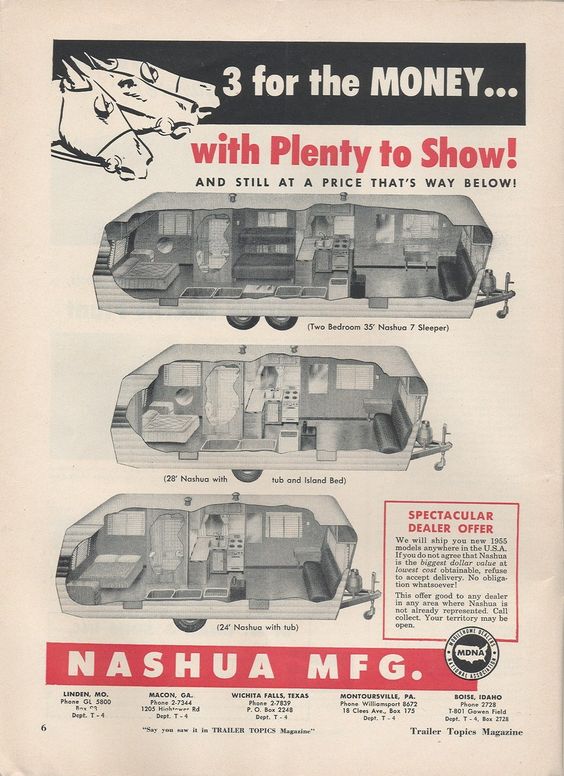
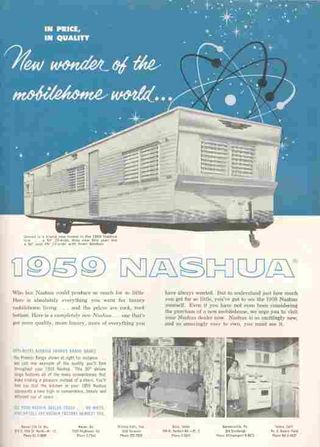 “Okay,” I said. “I’m guessing you found a 1959 Nashua trailer for sale. I slipped into Italian: “Qual è il significato di tutti quest?” What is the significance of all this?
“Okay,” I said. “I’m guessing you found a 1959 Nashua trailer for sale. I slipped into Italian: “Qual è il significato di tutti quest?” What is the significance of all this?
He rolled his eyes. “Really? Really?” He scrolled again.
I smiled. “I was blind but now I see. But, how is there room in your life for this trailer? I don’t imagine that you have rights to a spot in Paradise Cove?”
He smiled. “No, but I sure did love the Tonga Lei at Paradise Cove. I went there whenever I could when in L.A. He pointed to the two framed postcards on the wall above his desk,
He scrolled his iPad again. “No, not Malibu, but I was thinking of buying a little land in the country for the trailer.” He showed me this image:
As much as I loved Rockford Files and as charming as the white picket fence looks, I am not tempted. He then scrolled to this:
“My cousins lived in a trailer at the A&L Trailer Park on Schultes Avenue in Warren north of Detroit. It was a good place.Happy memories.”
“But we digress,” I said. “What do you think of the Art House post?” He went to put Big Brother on his stereo. He turned around and said this:
P.S. His 1959 Nashua trailer idea fell through.
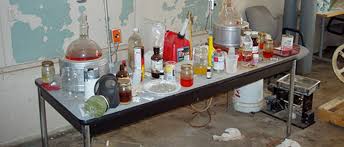 When he visited the trailer this week he had little doubt about its most recent past life – clandestine mom and pop meth lab. There was abundant evidence of pseudoephedrine and red phosphorus. No way he was going to touch that. And so a dream died.
When he visited the trailer this week he had little doubt about its most recent past life – clandestine mom and pop meth lab. There was abundant evidence of pseudoephedrine and red phosphorus. No way he was going to touch that. And so a dream died.


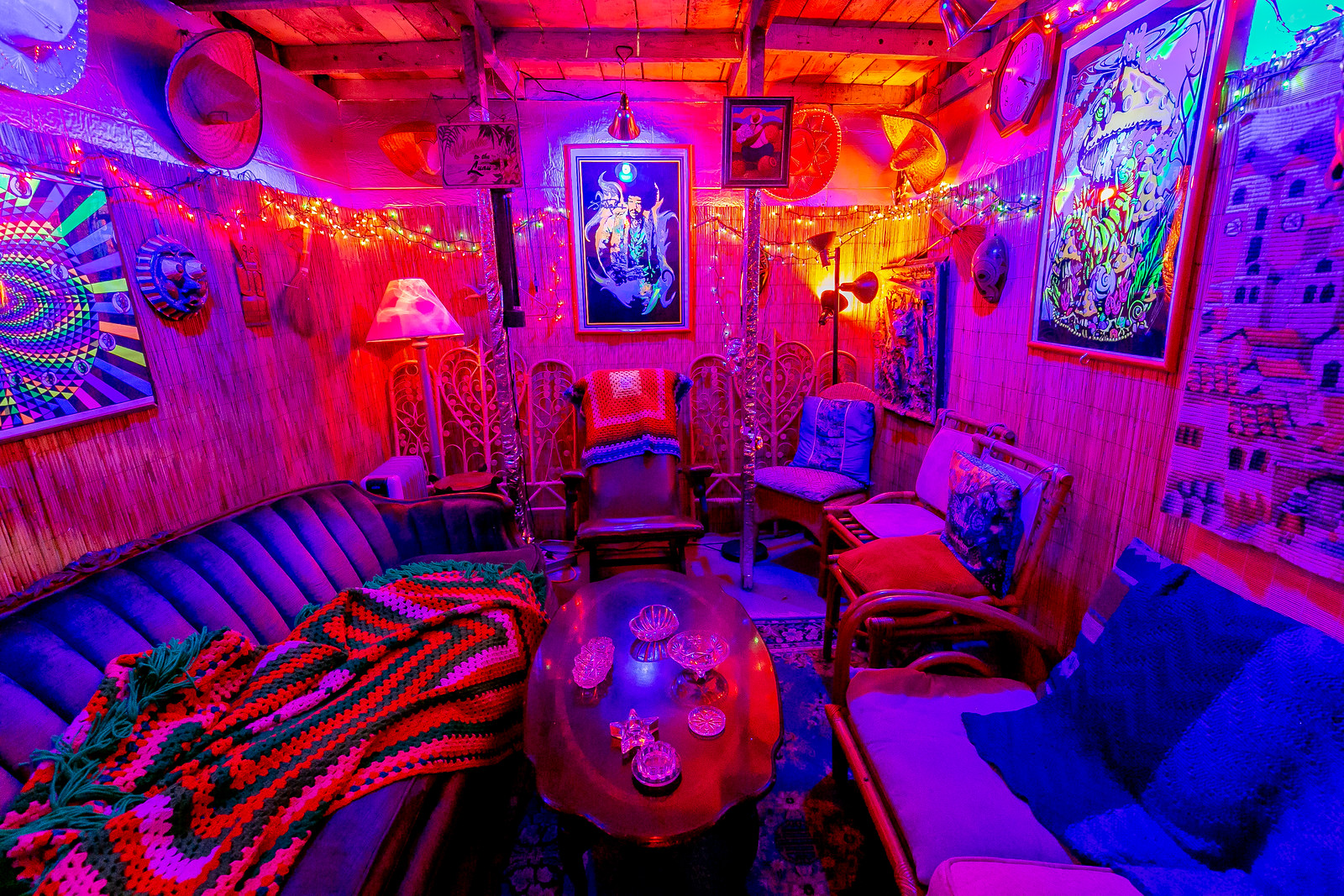
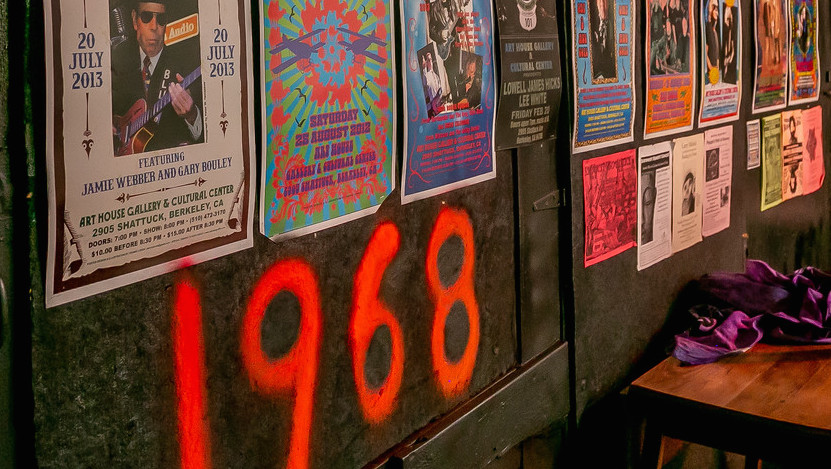
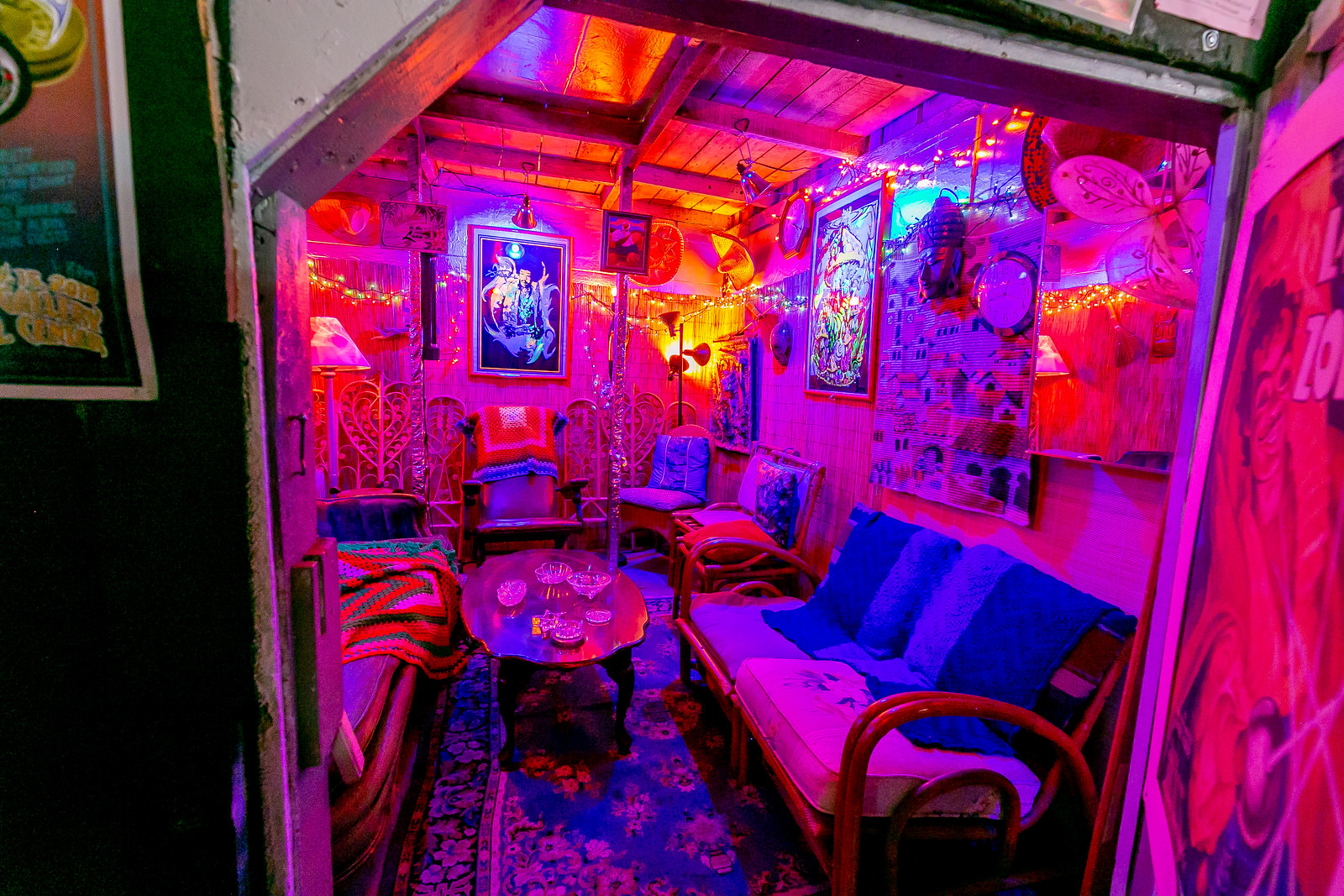
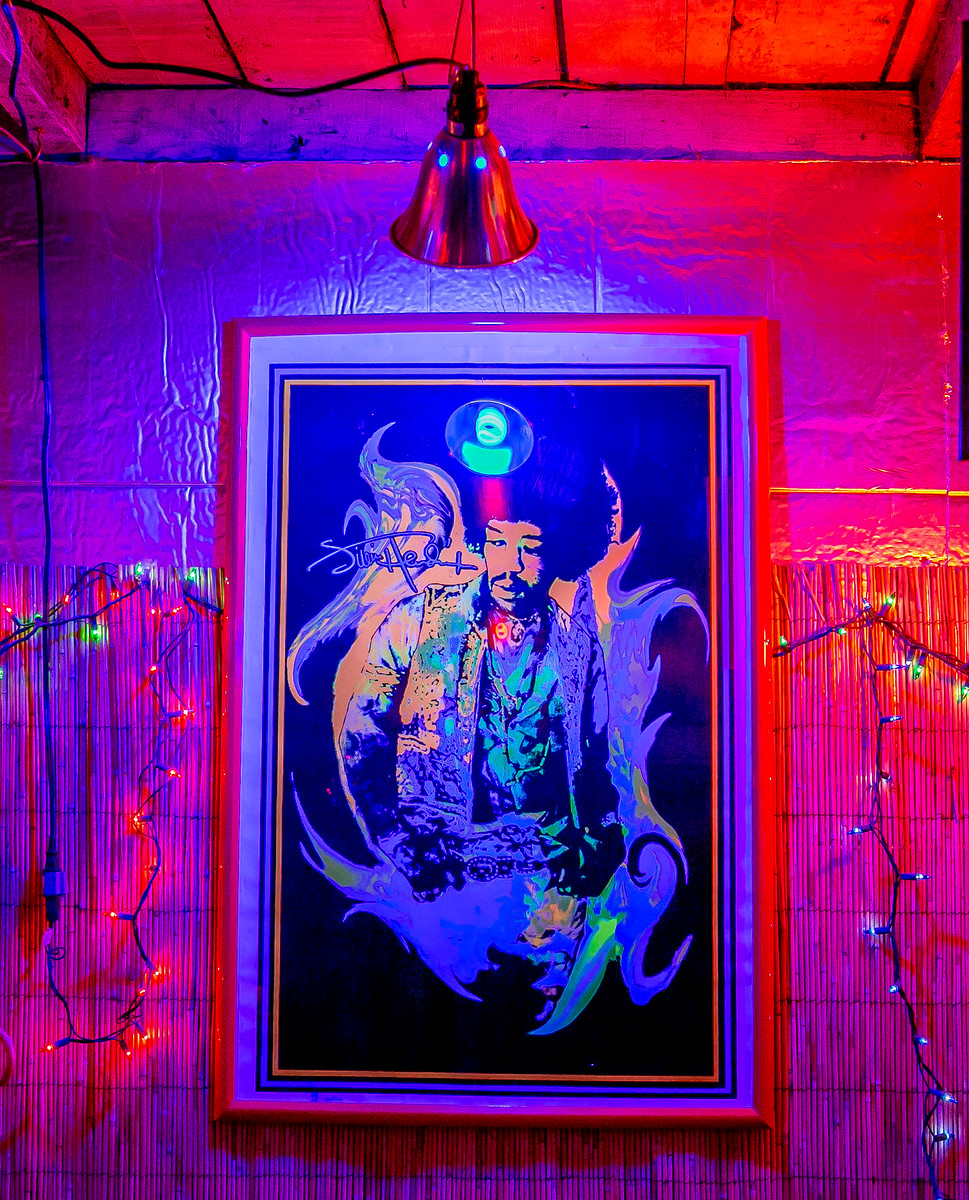
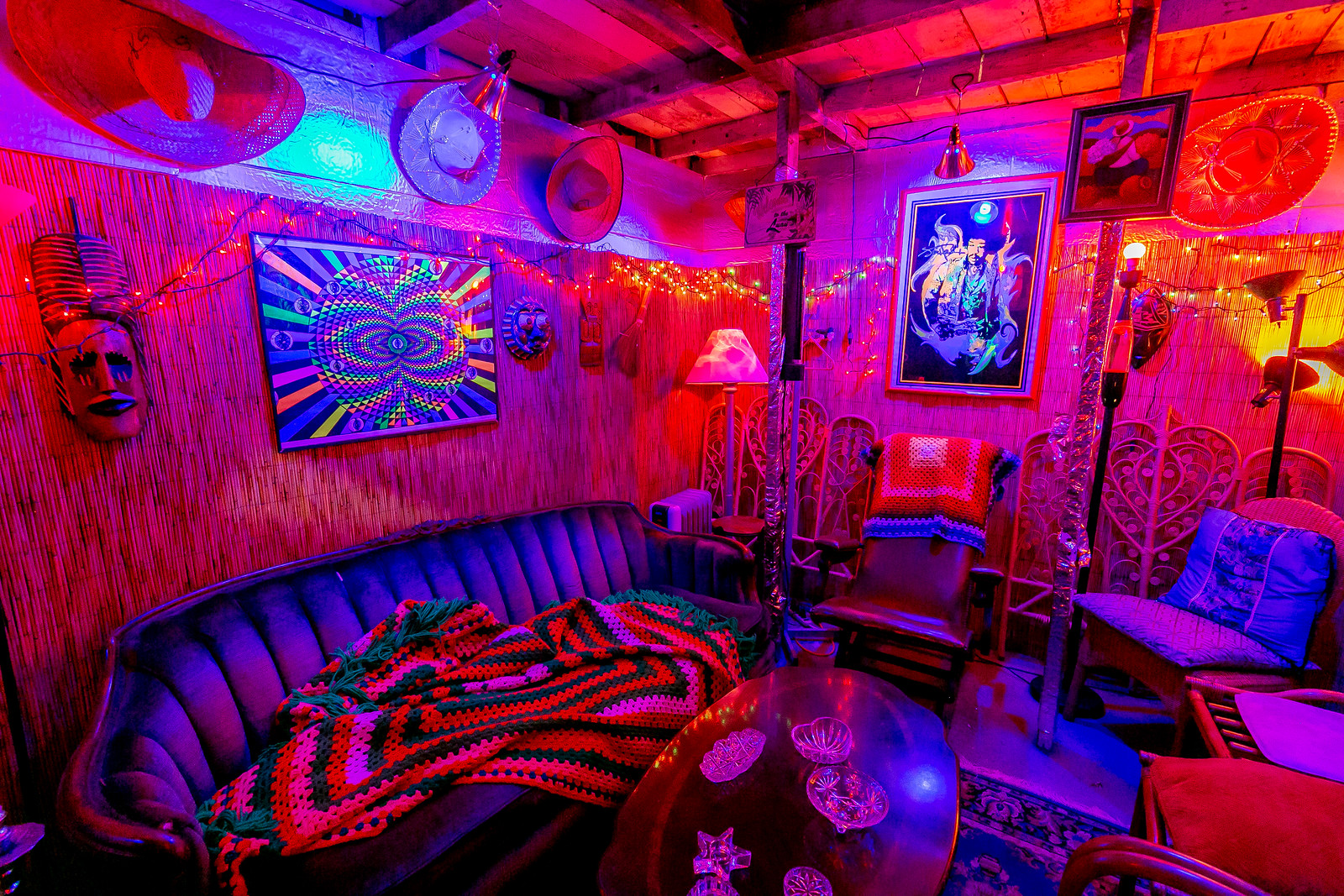
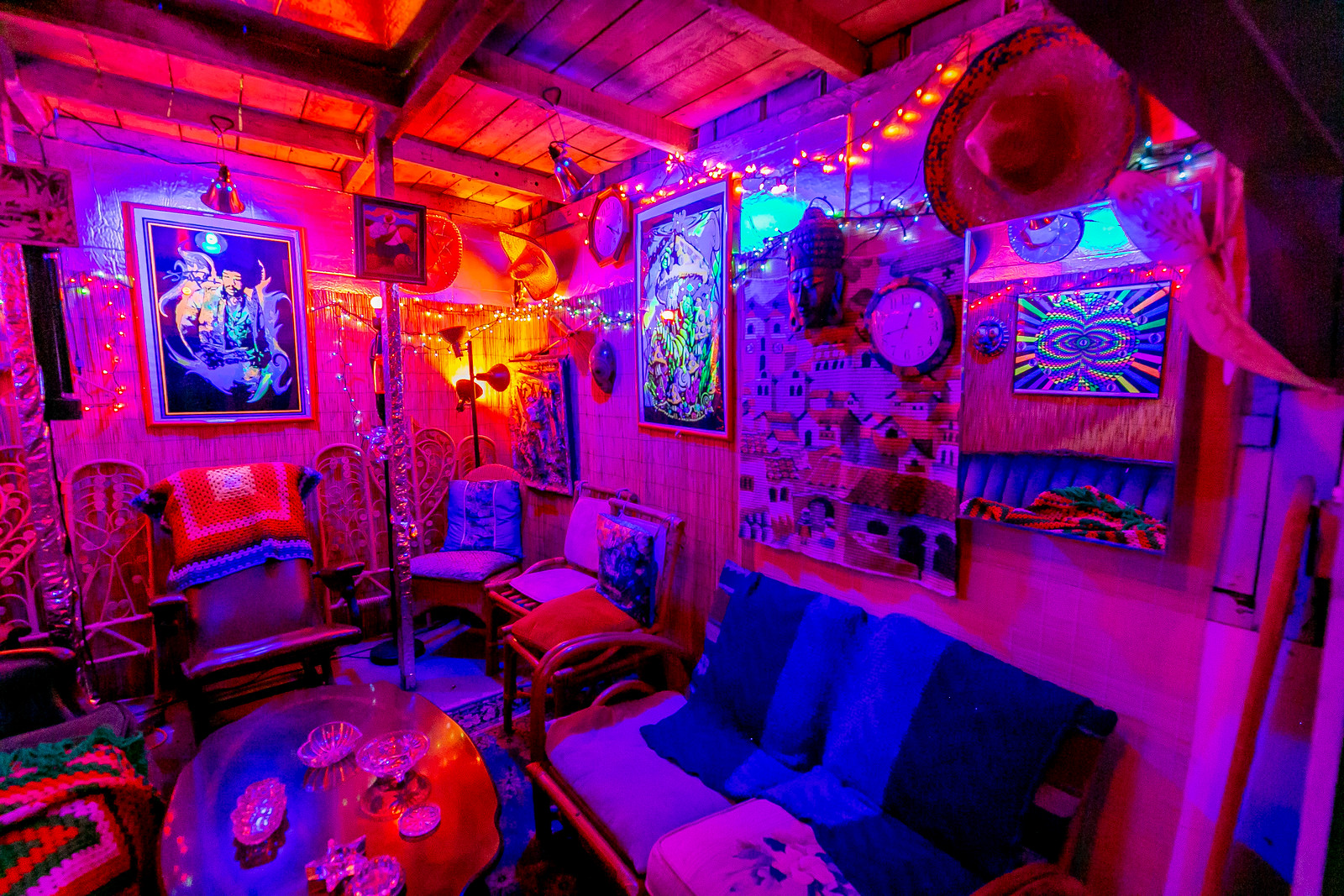
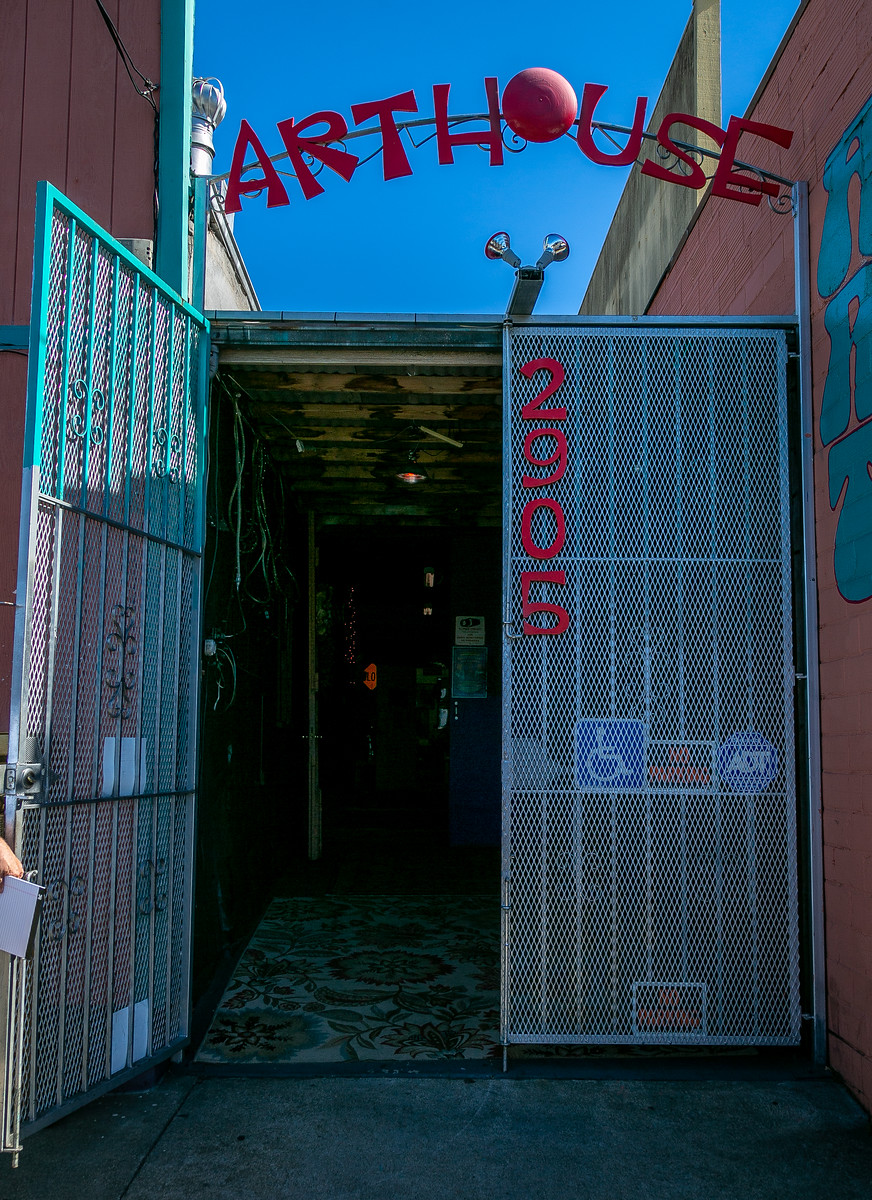
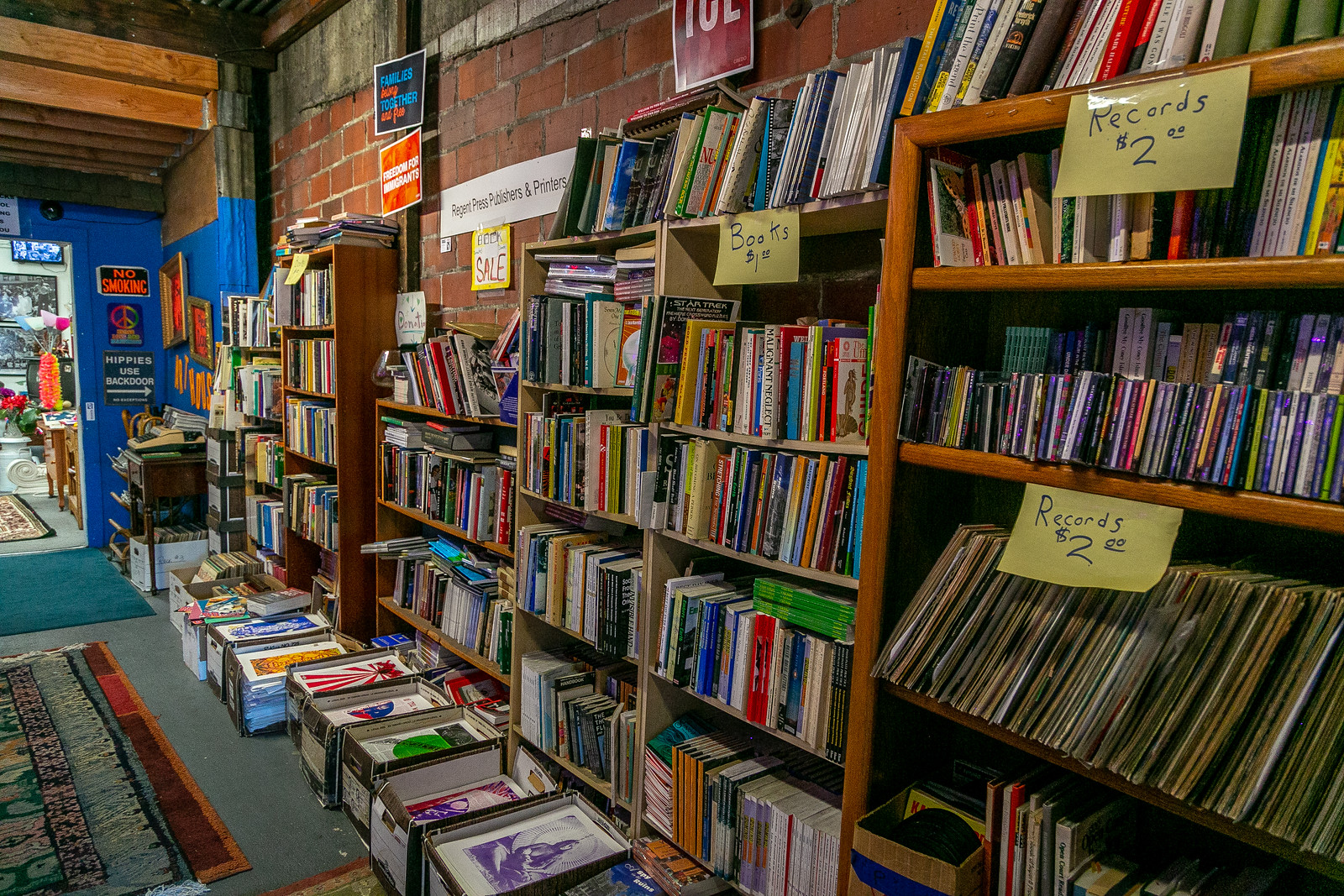
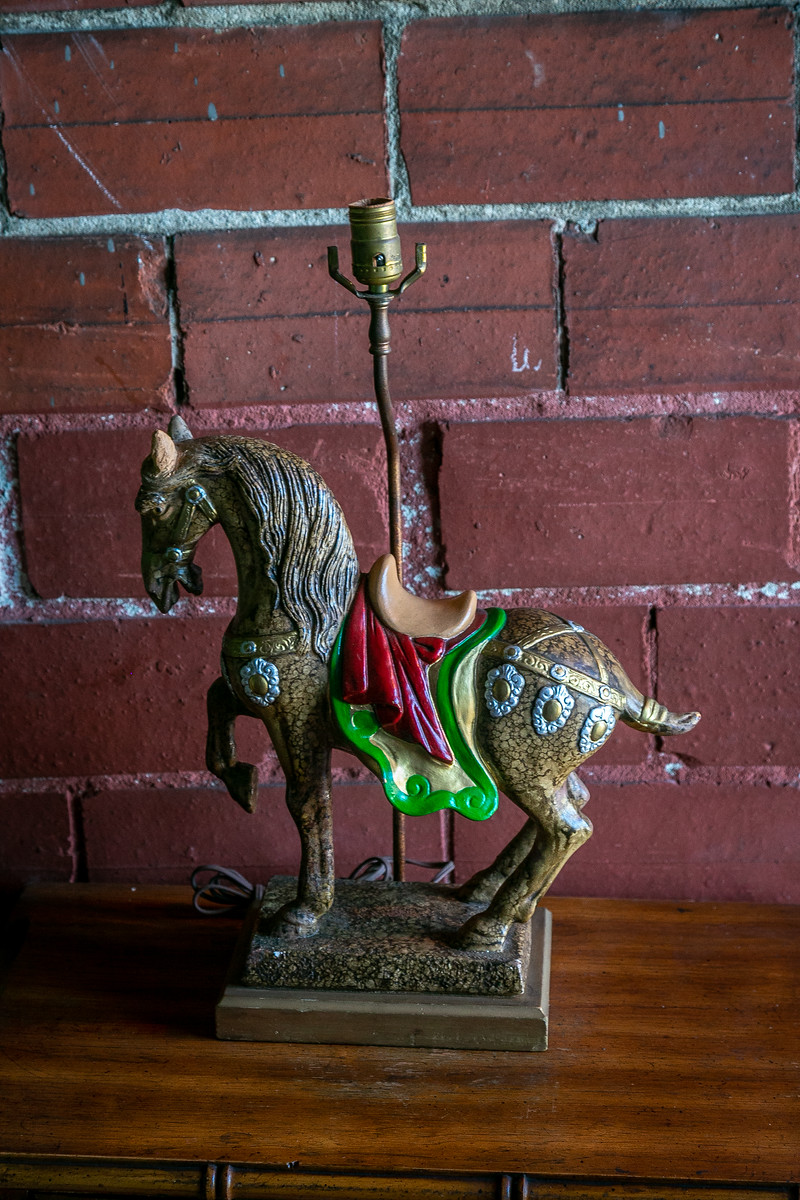
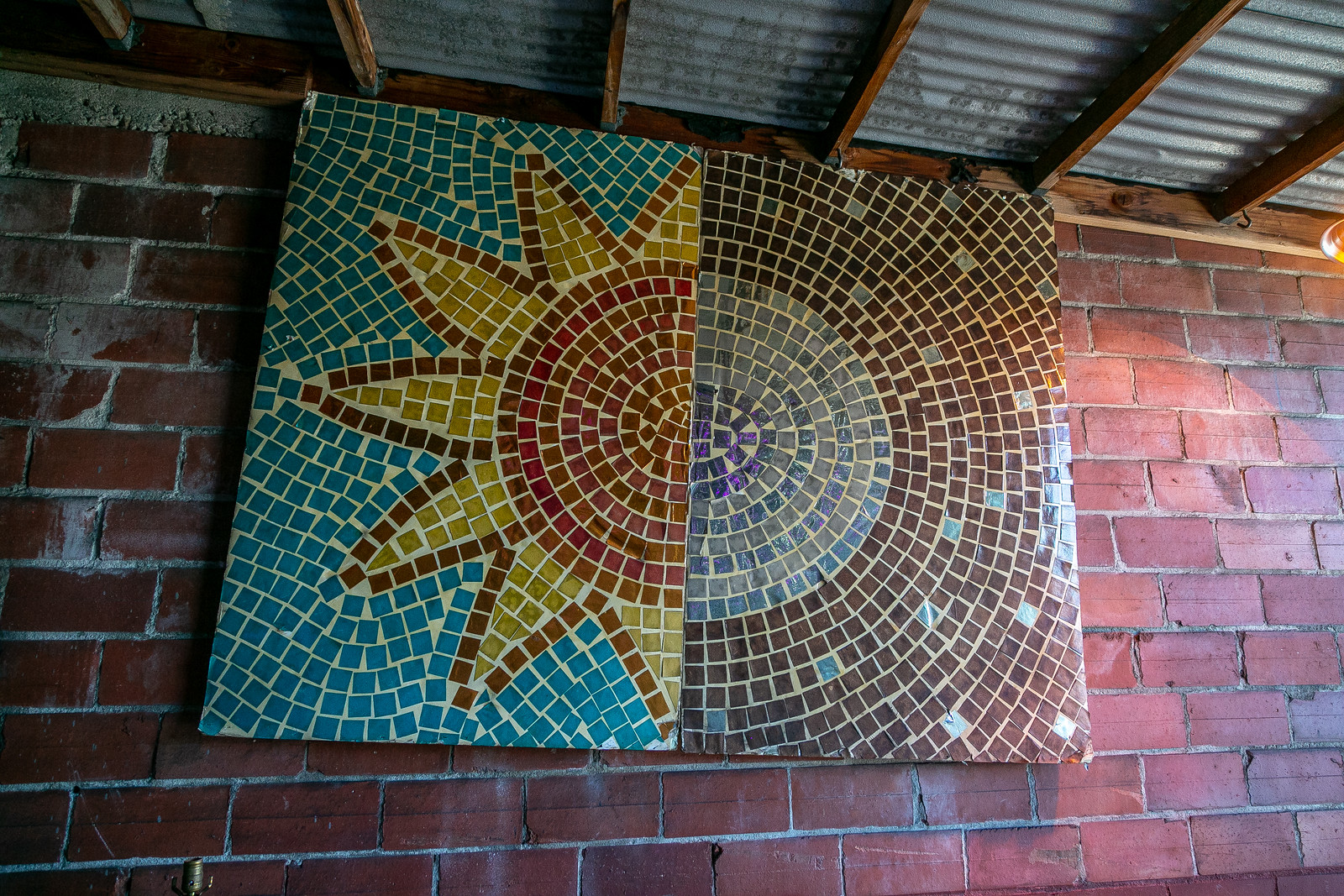
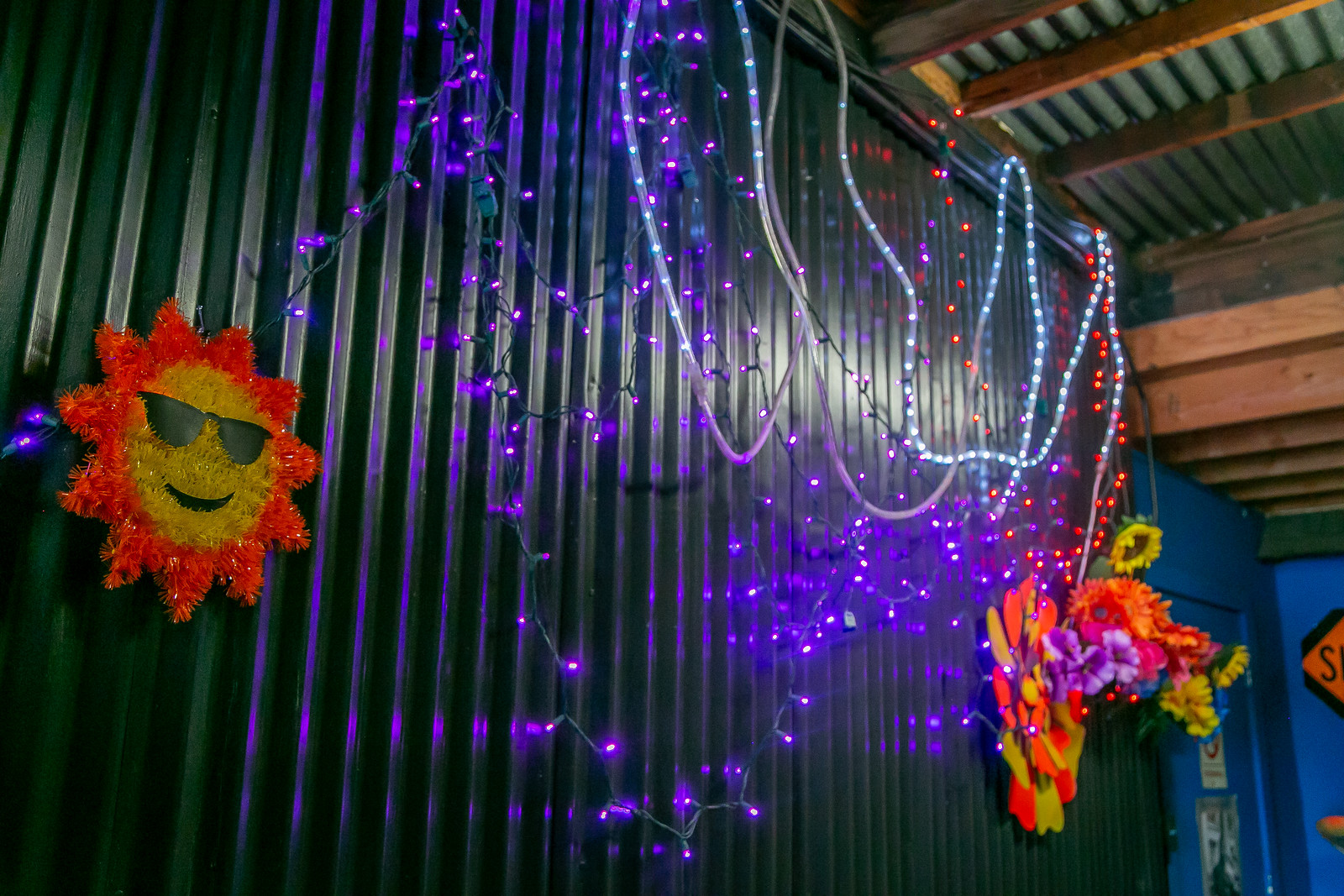
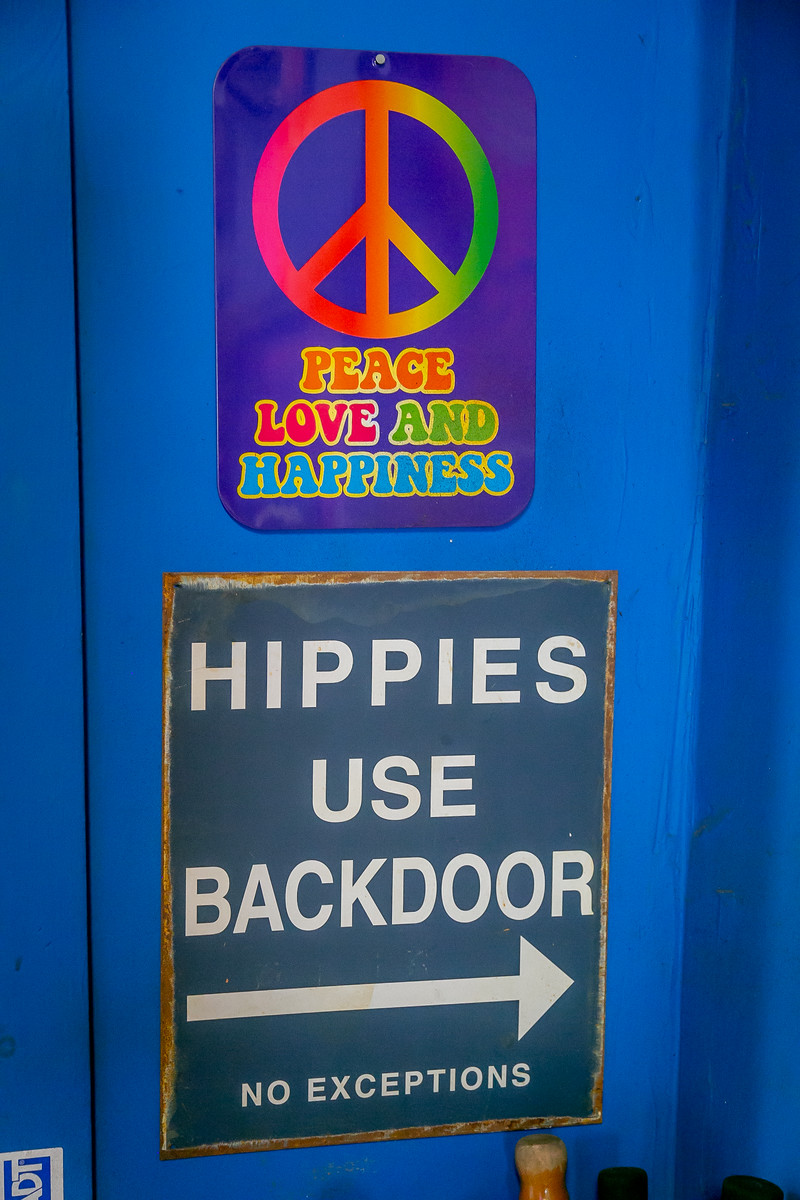
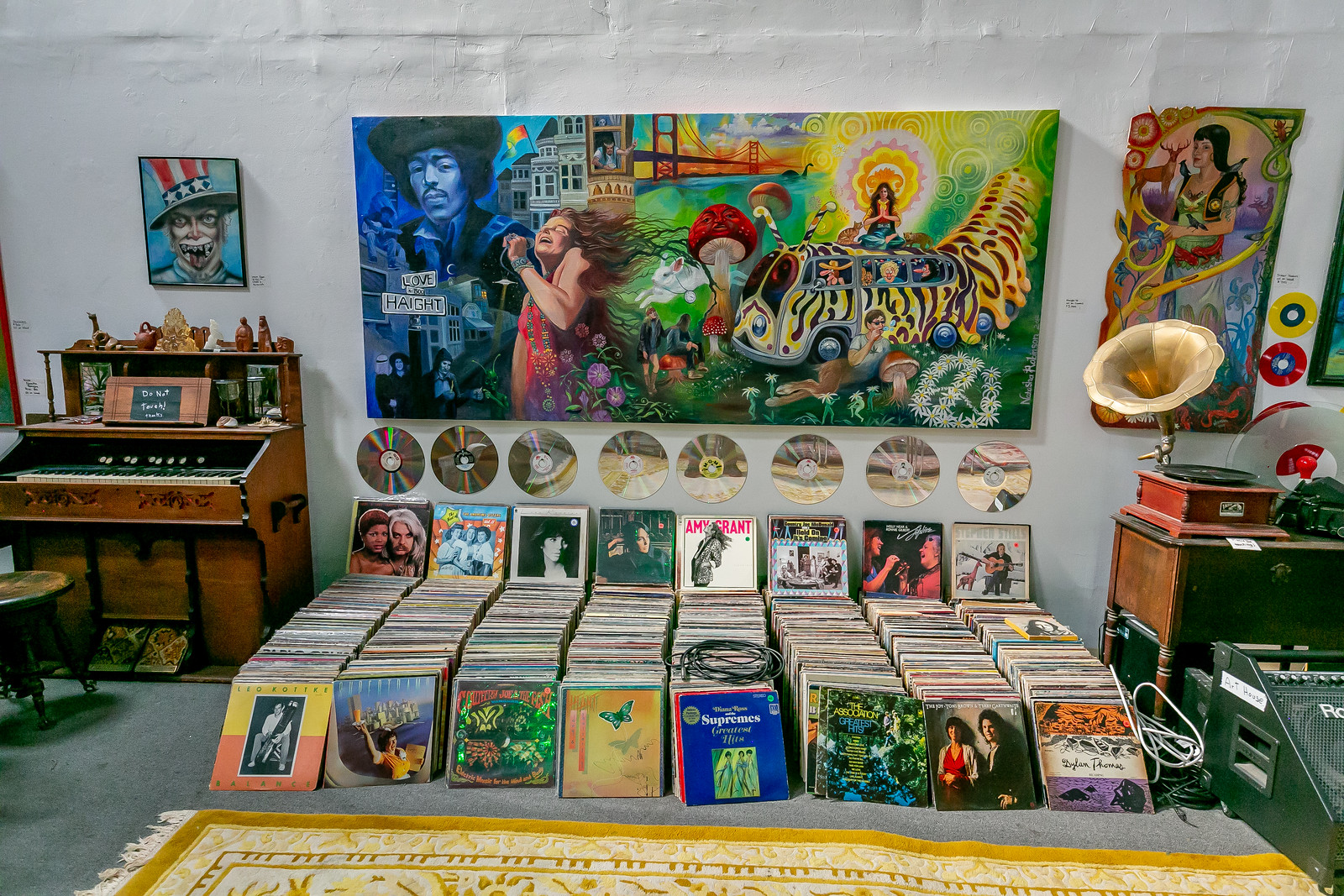
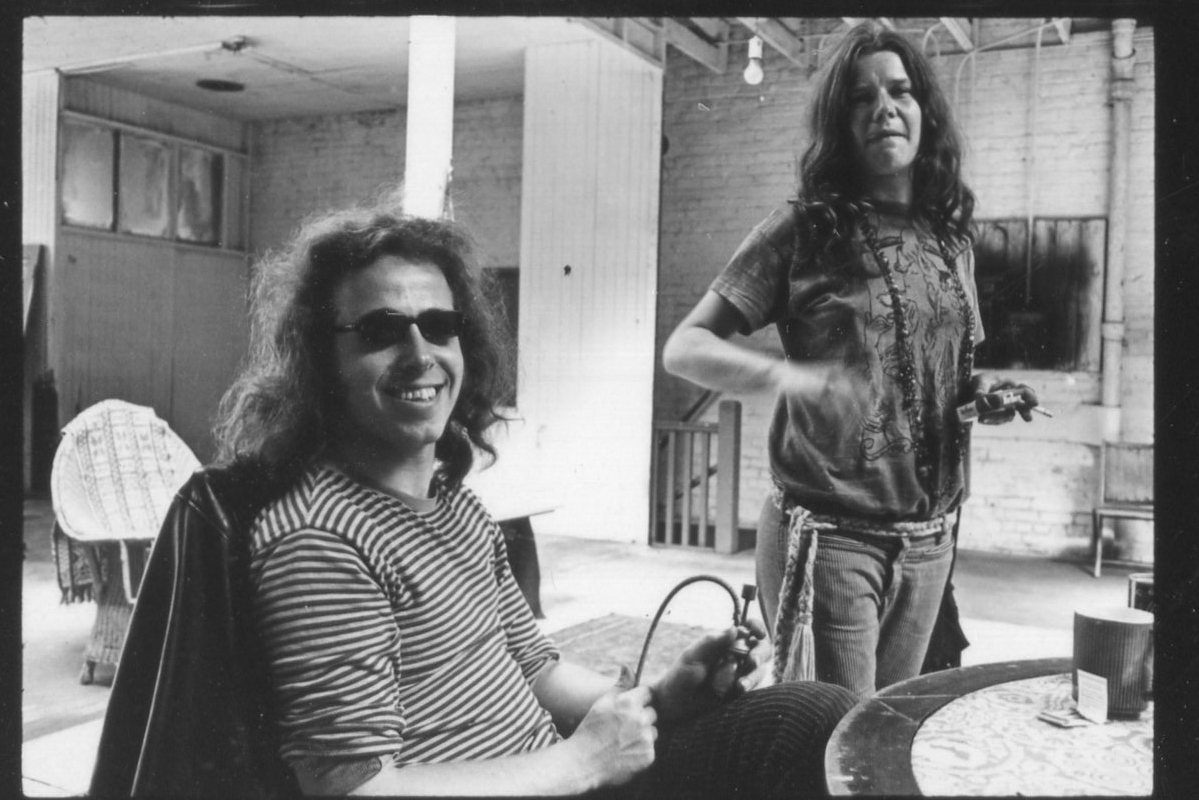
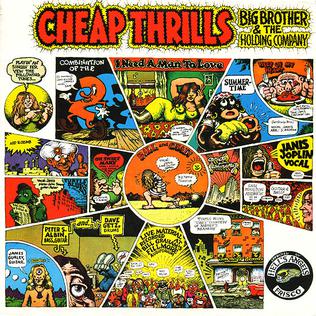
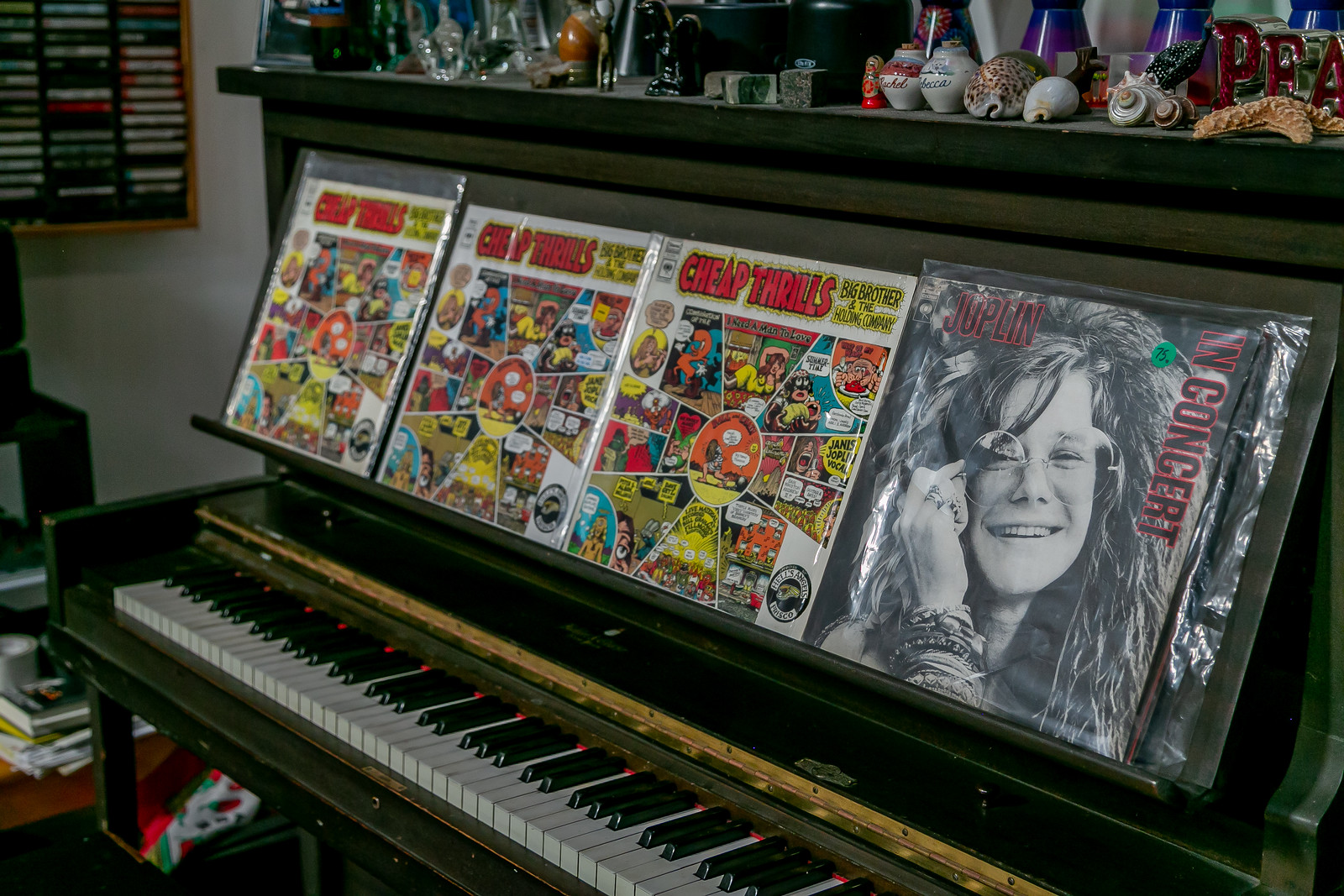
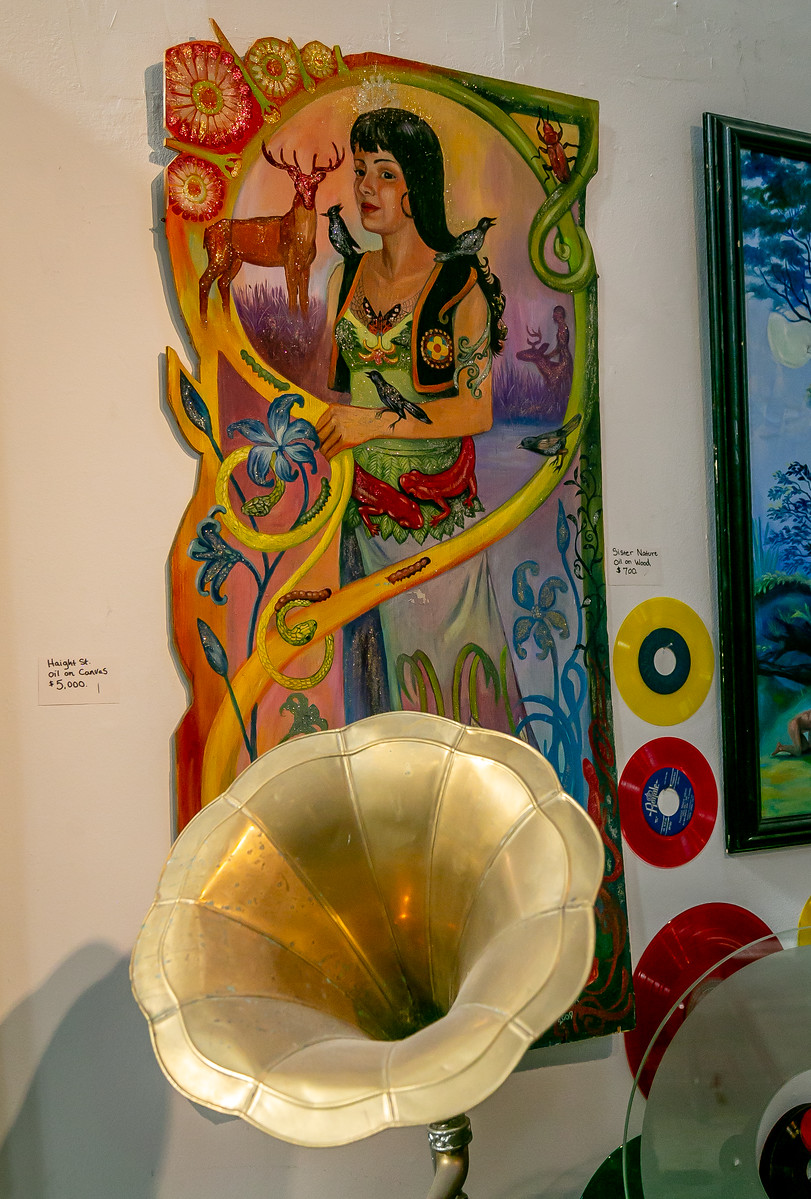
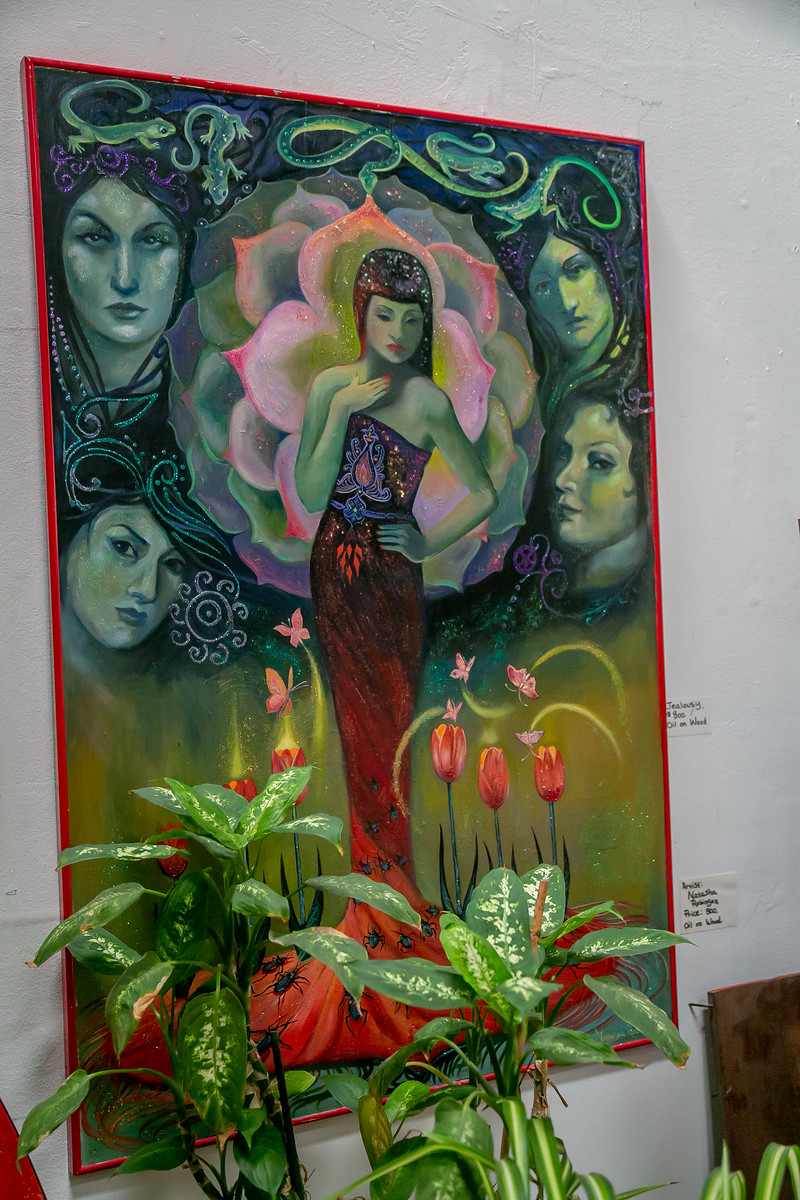
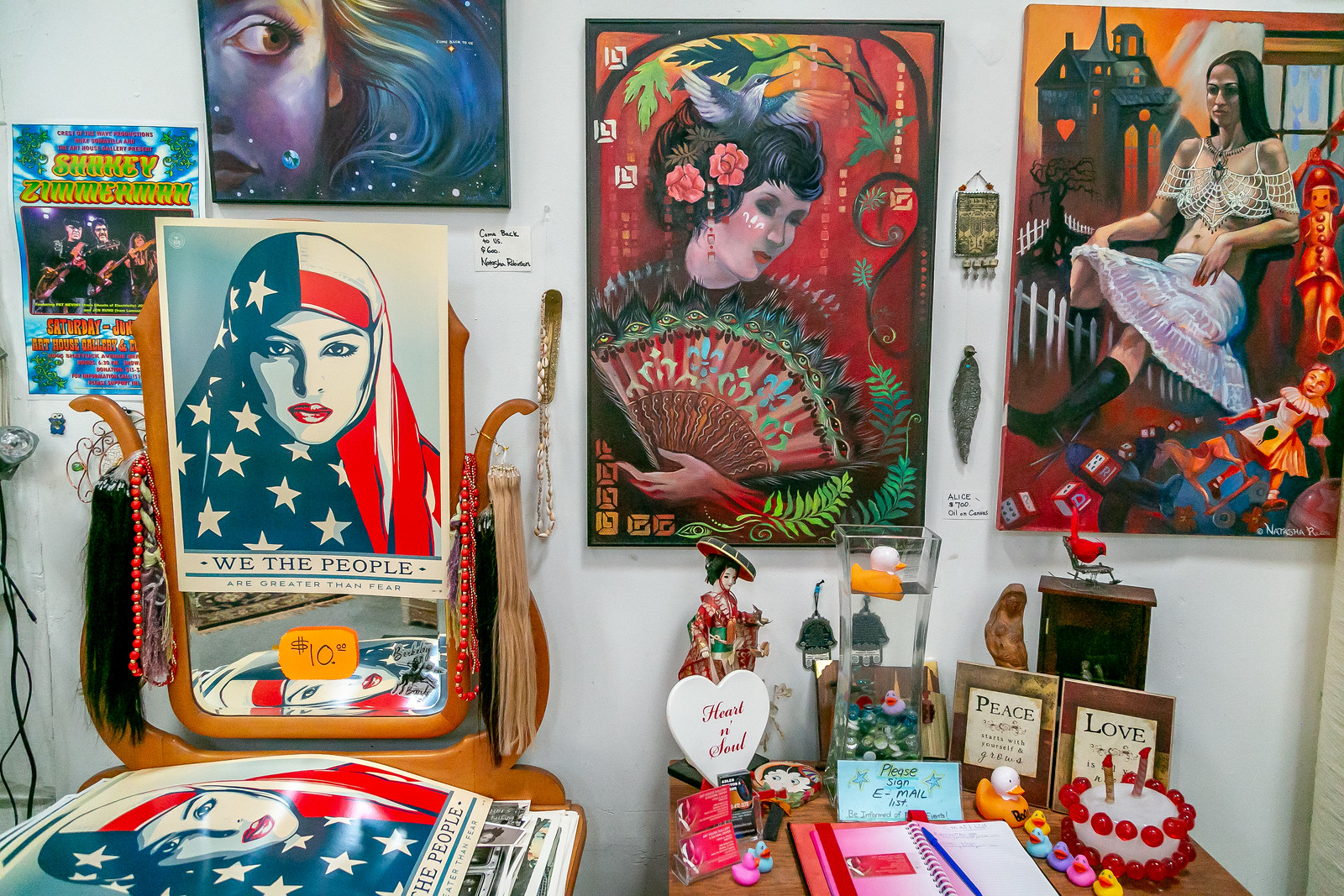
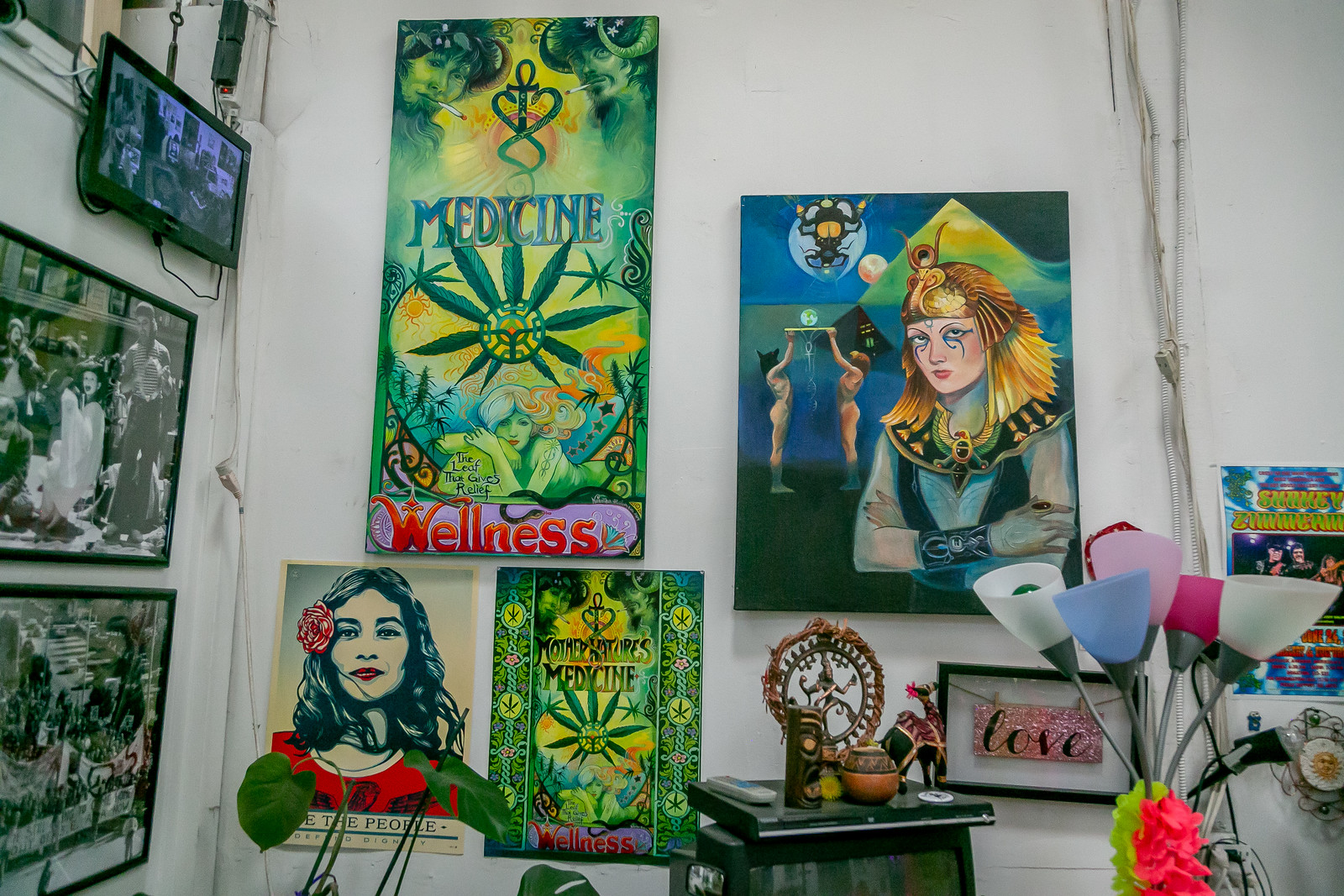
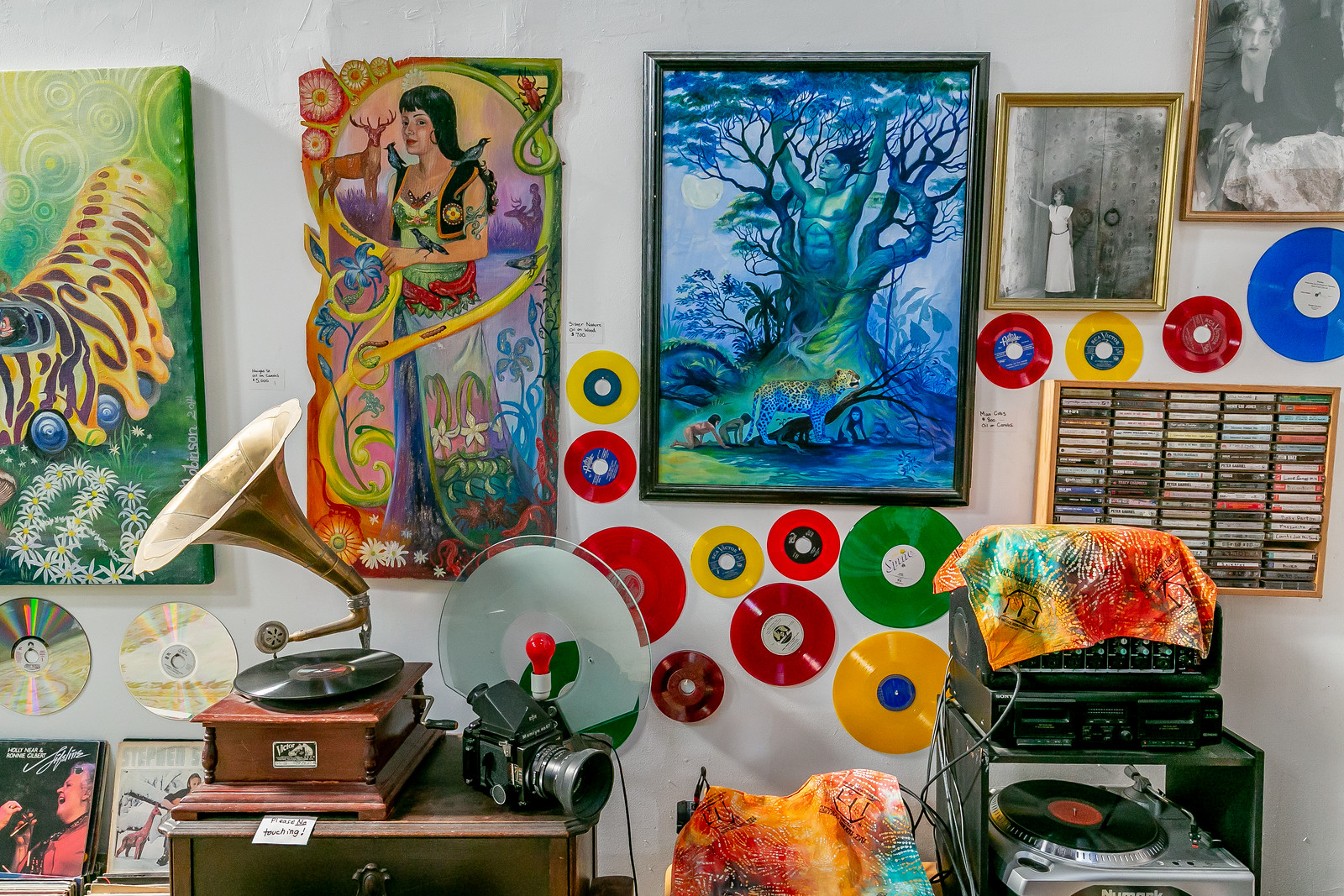
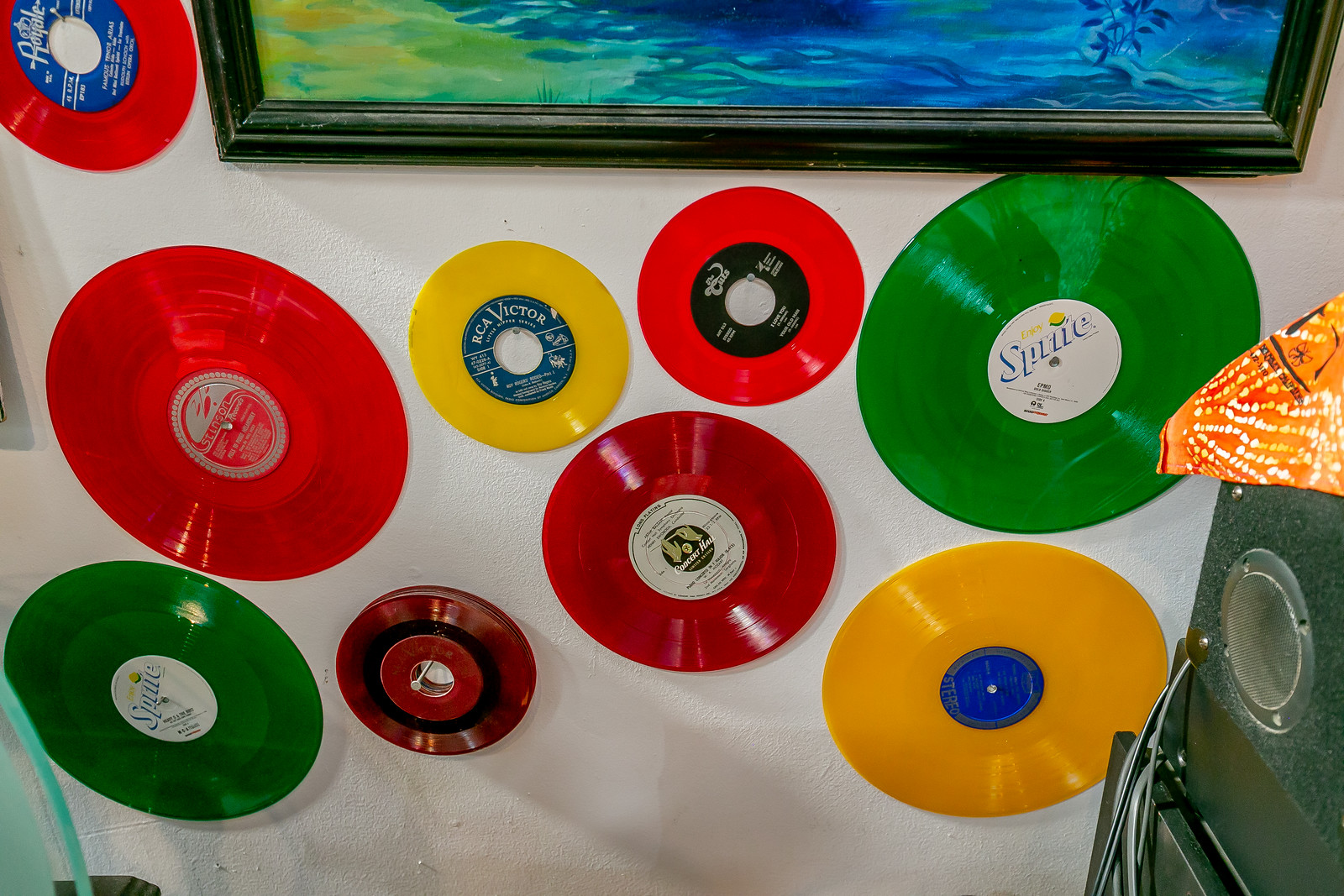
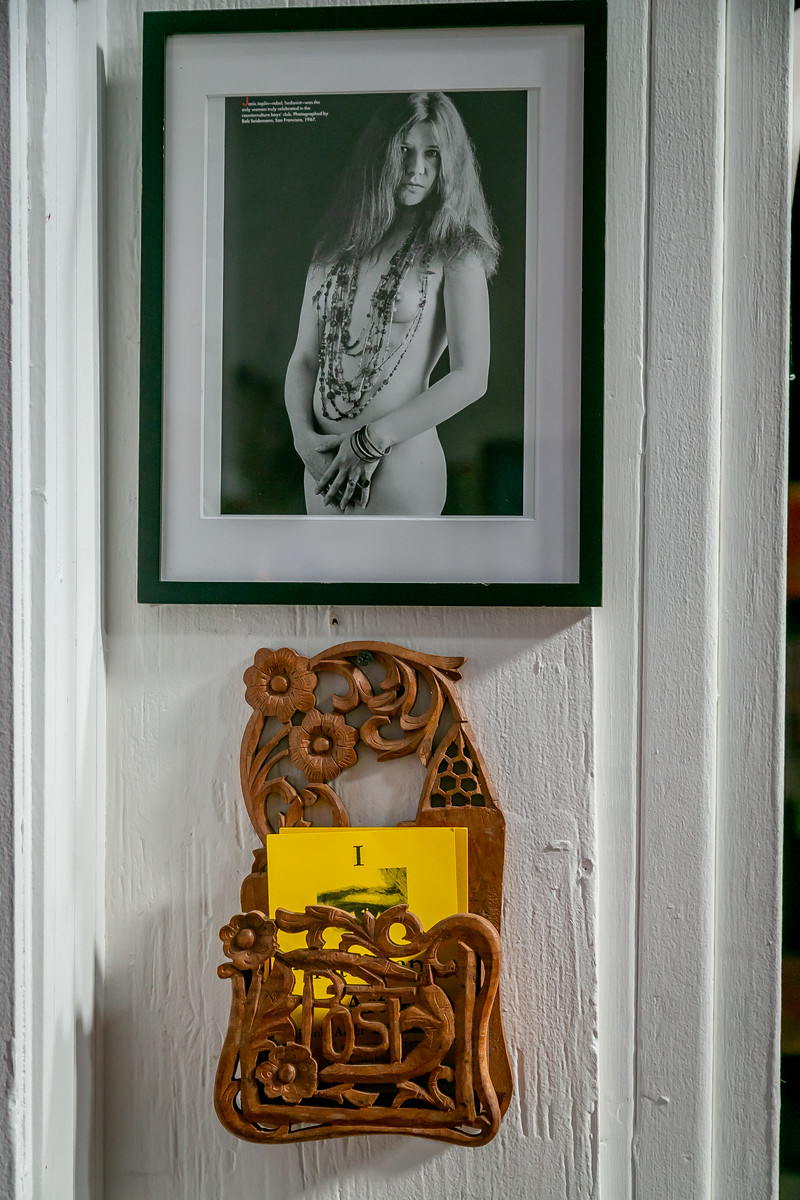
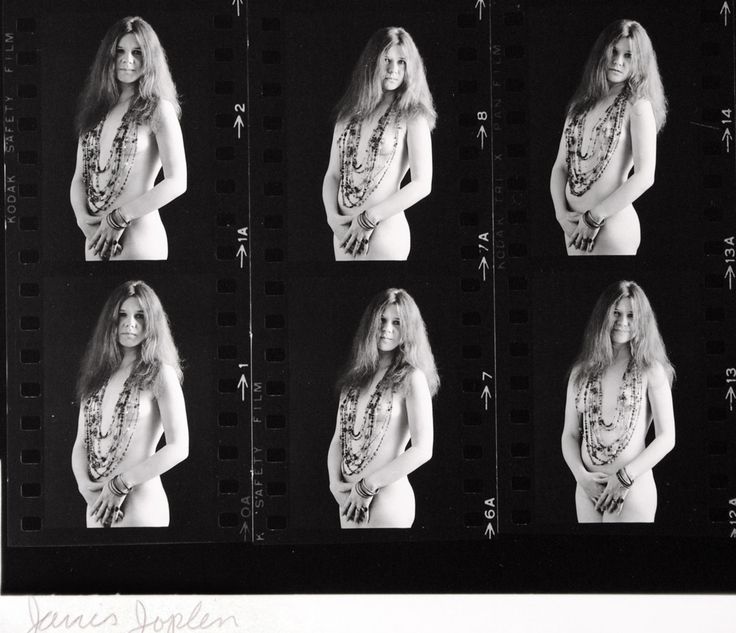
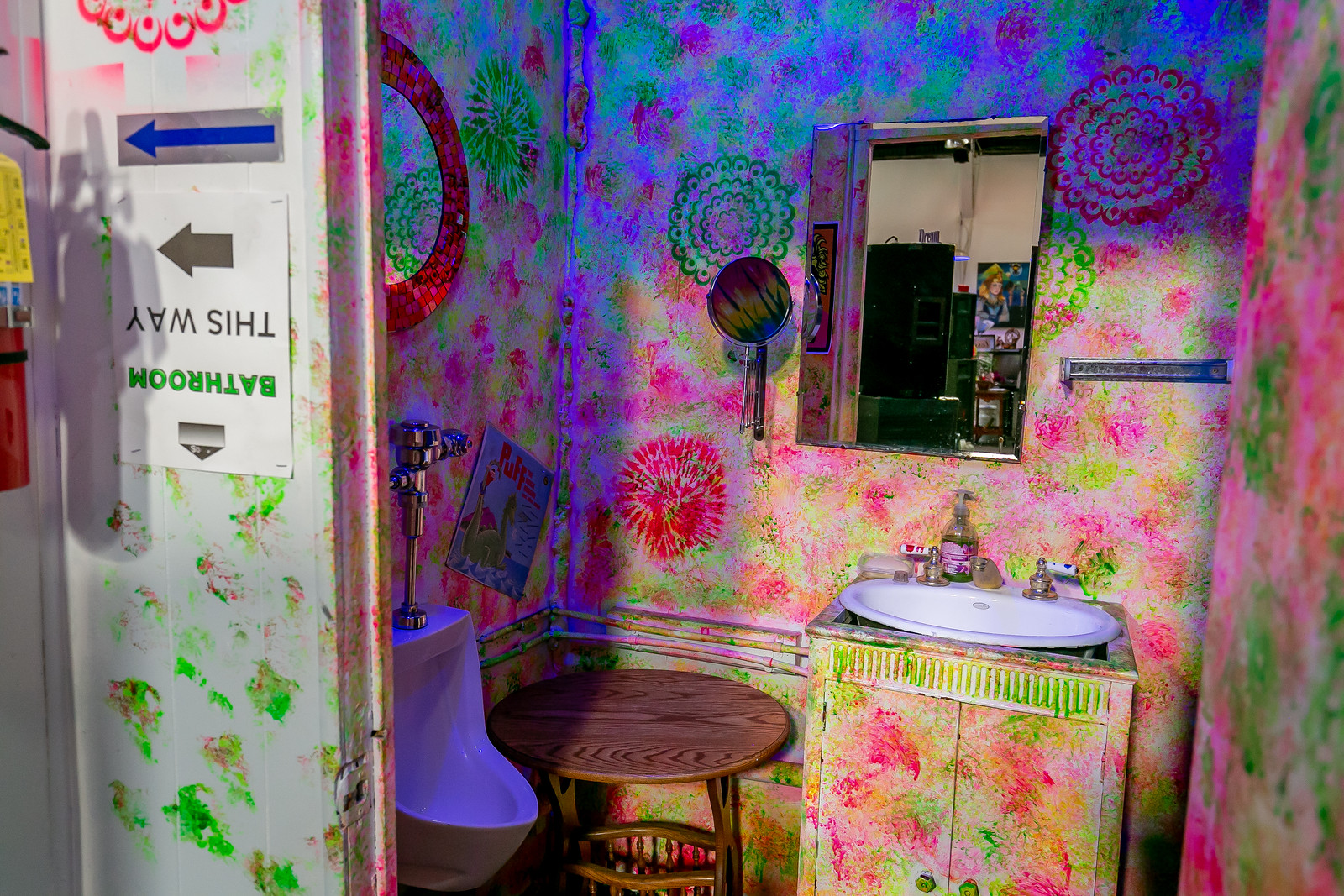
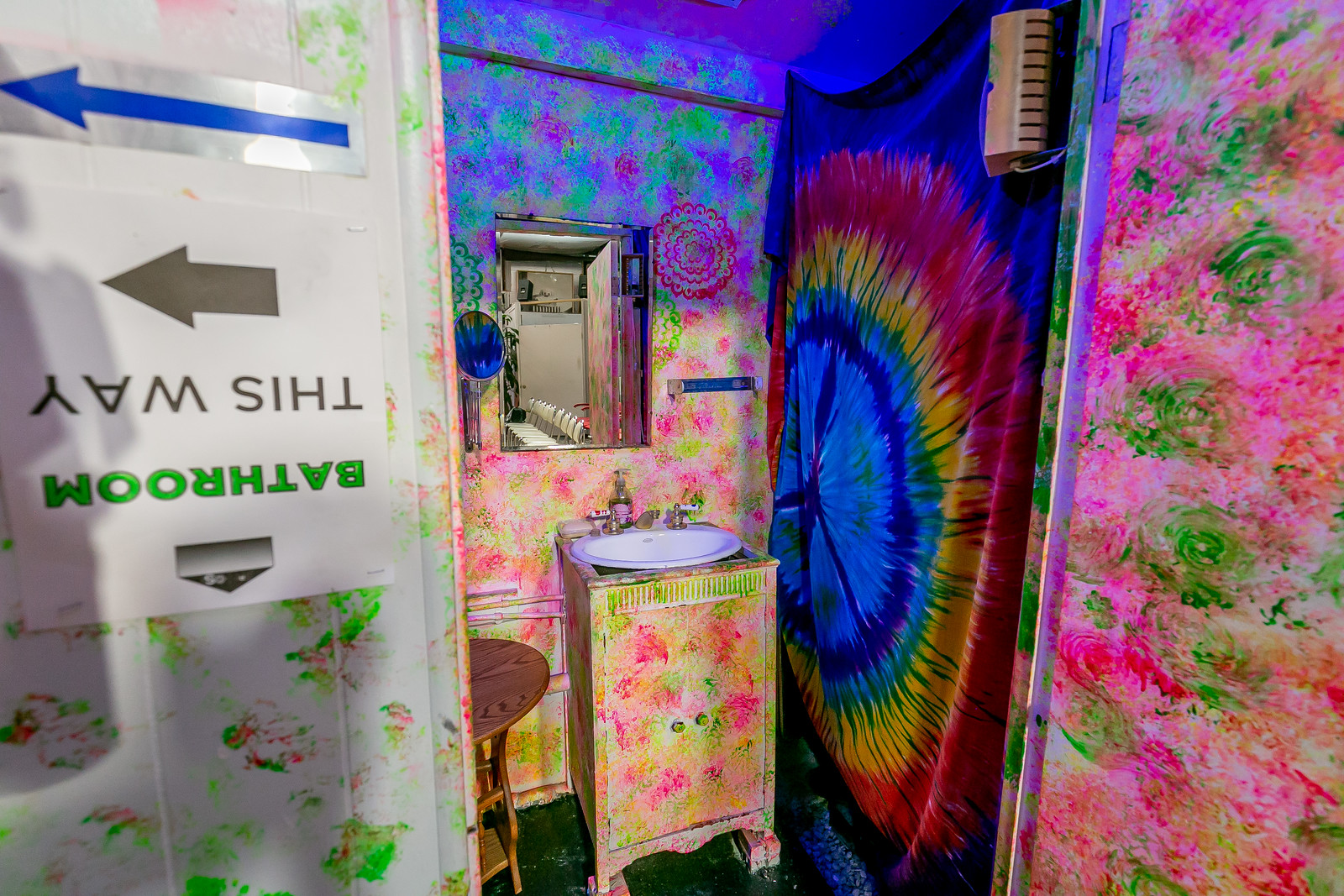
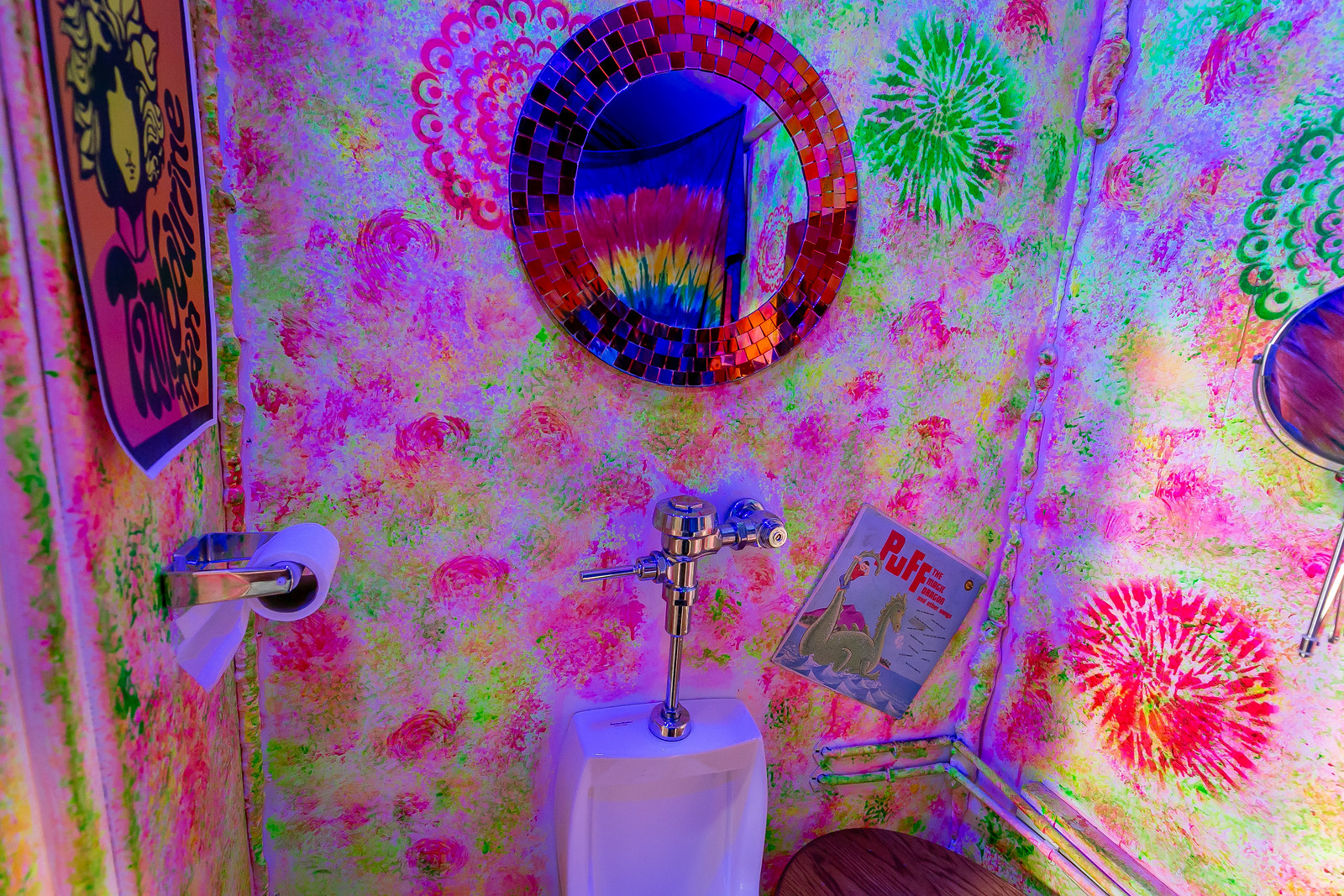
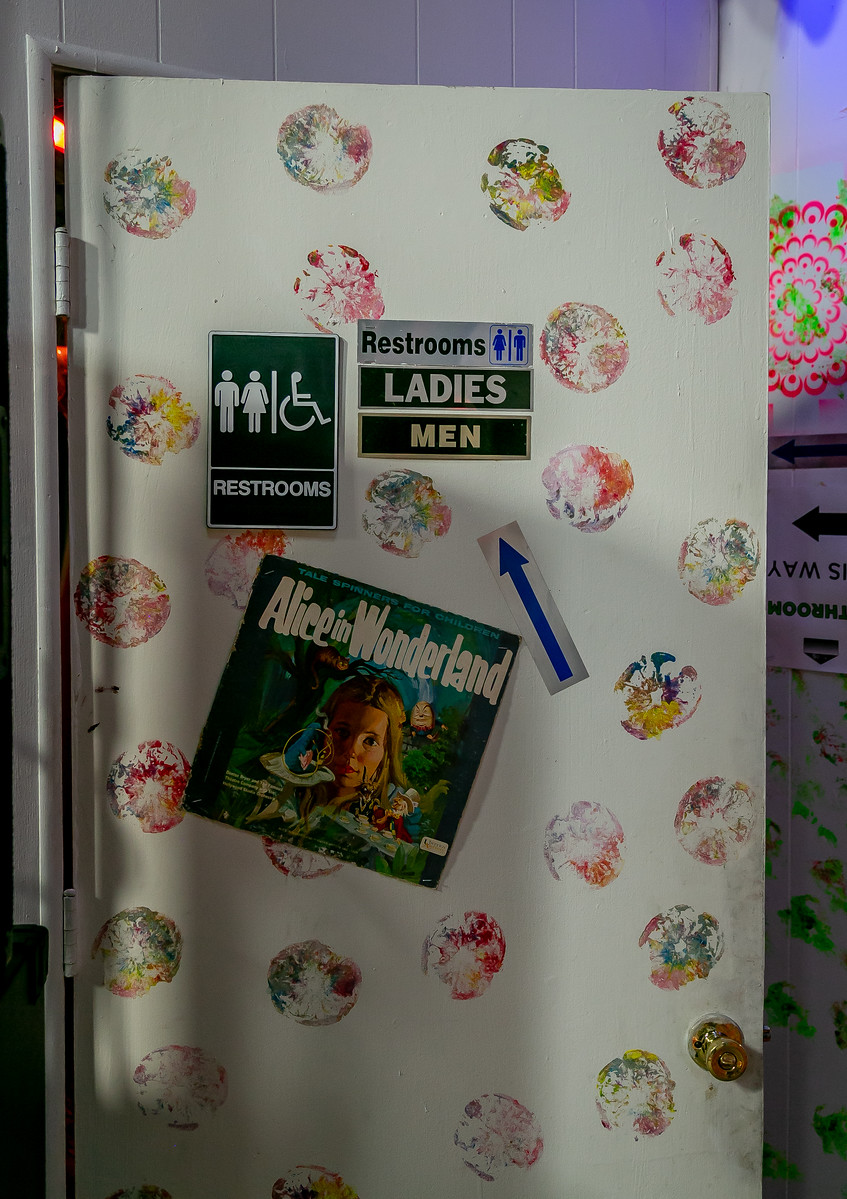
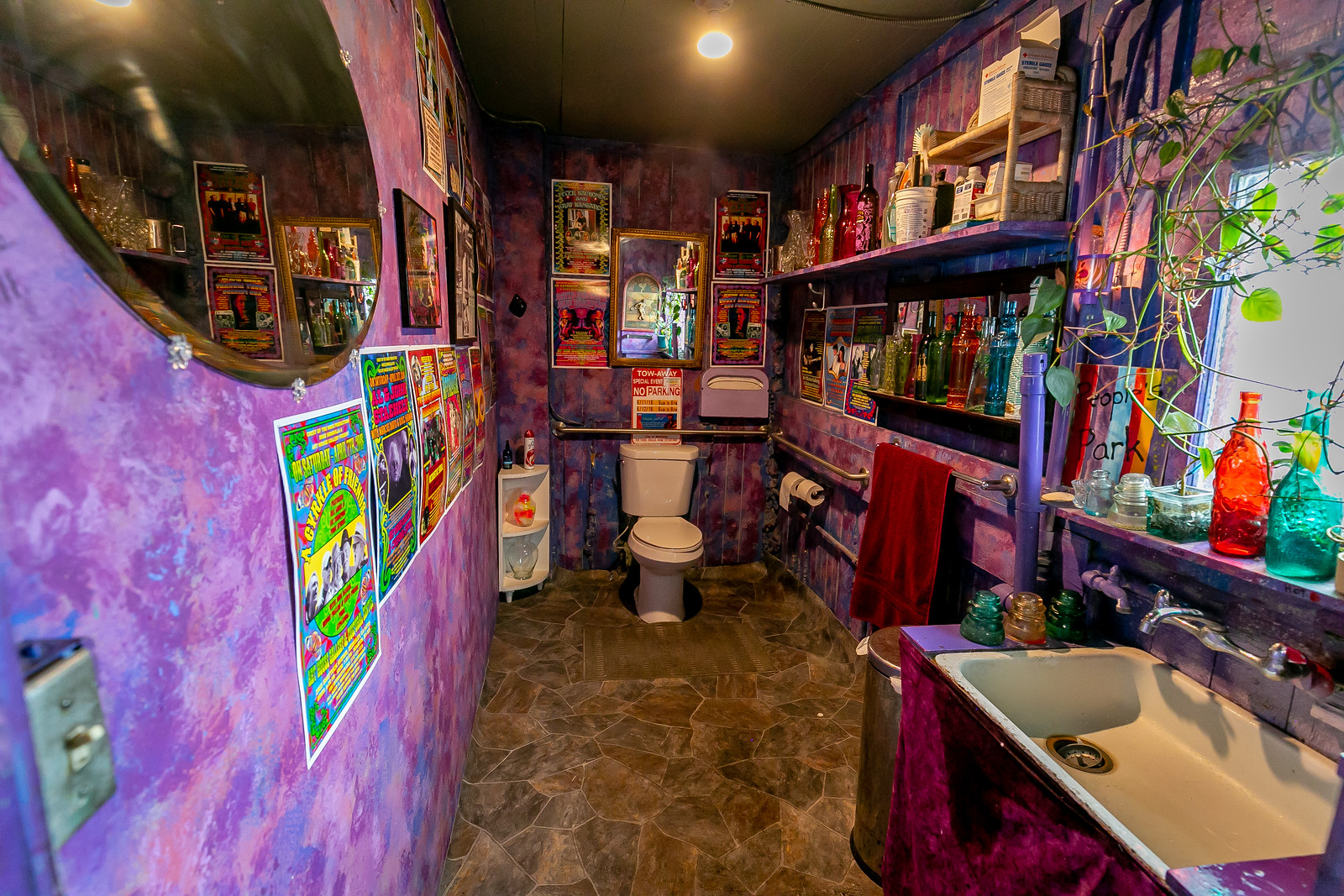
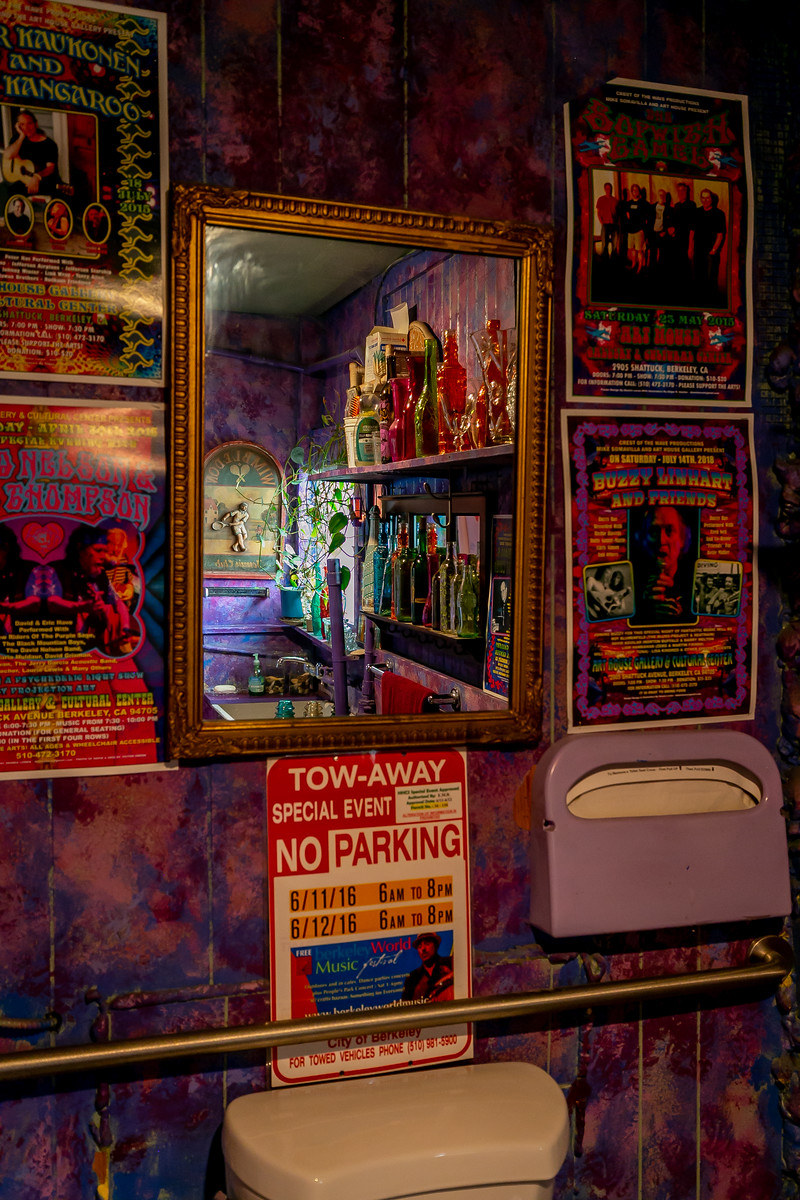
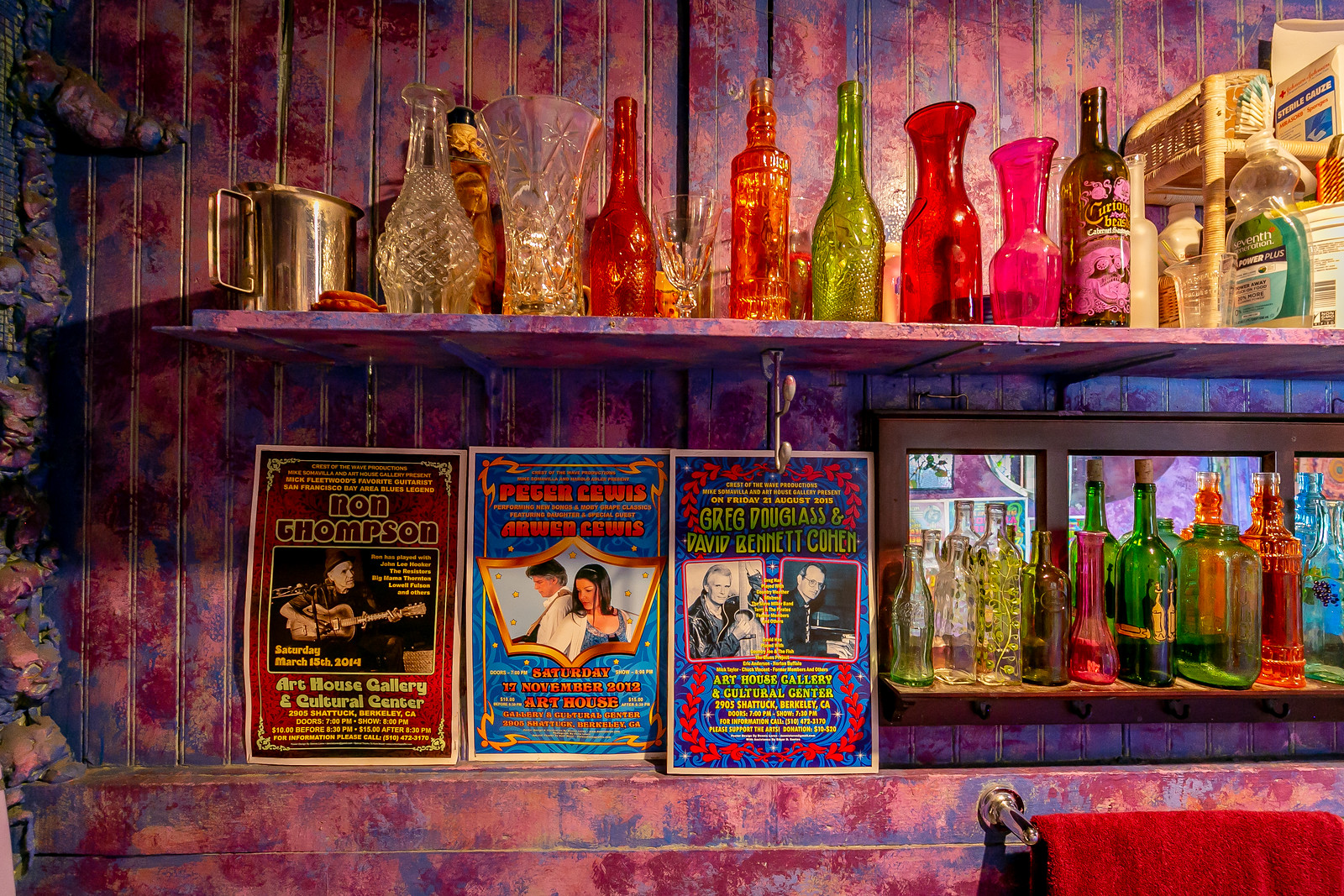
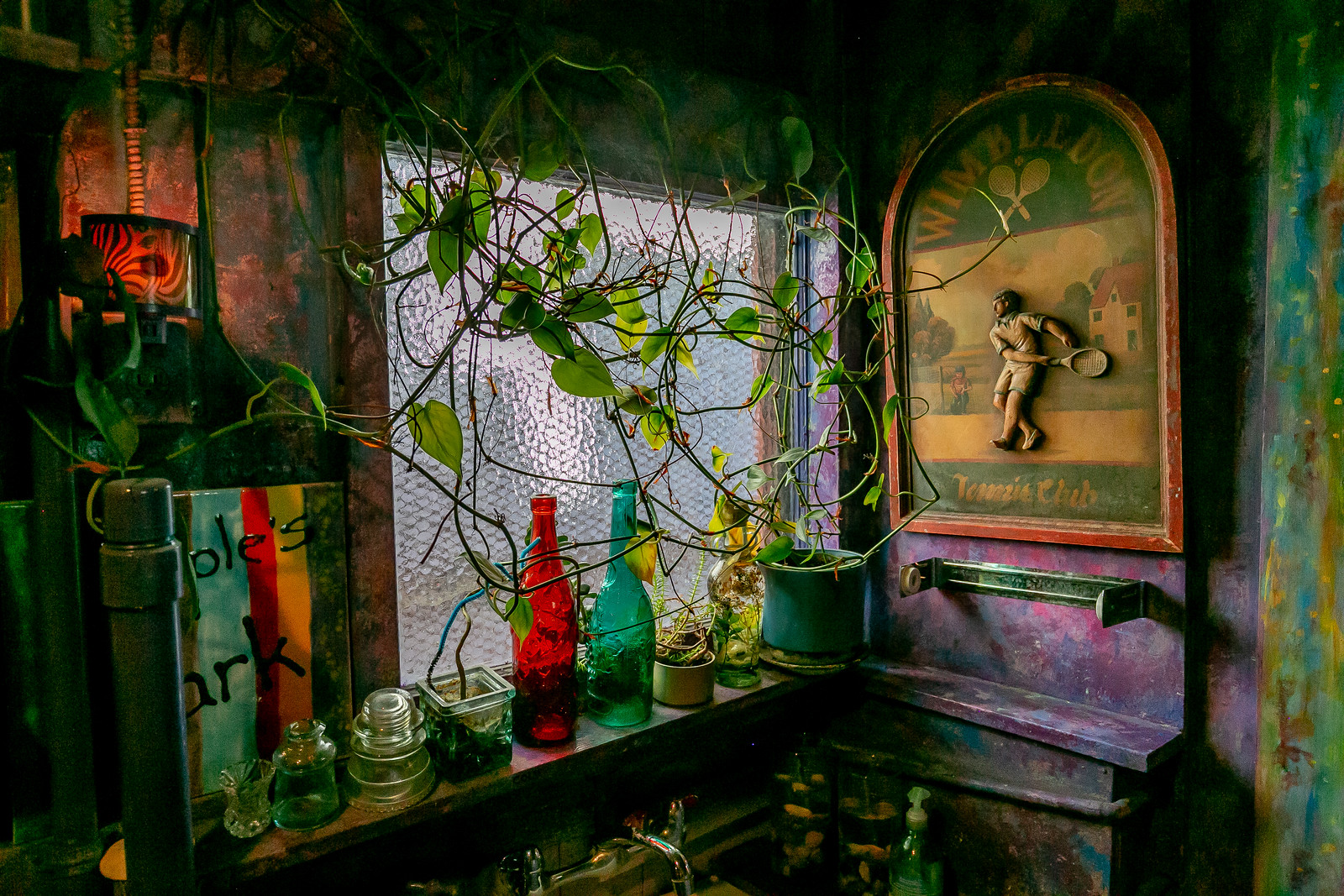
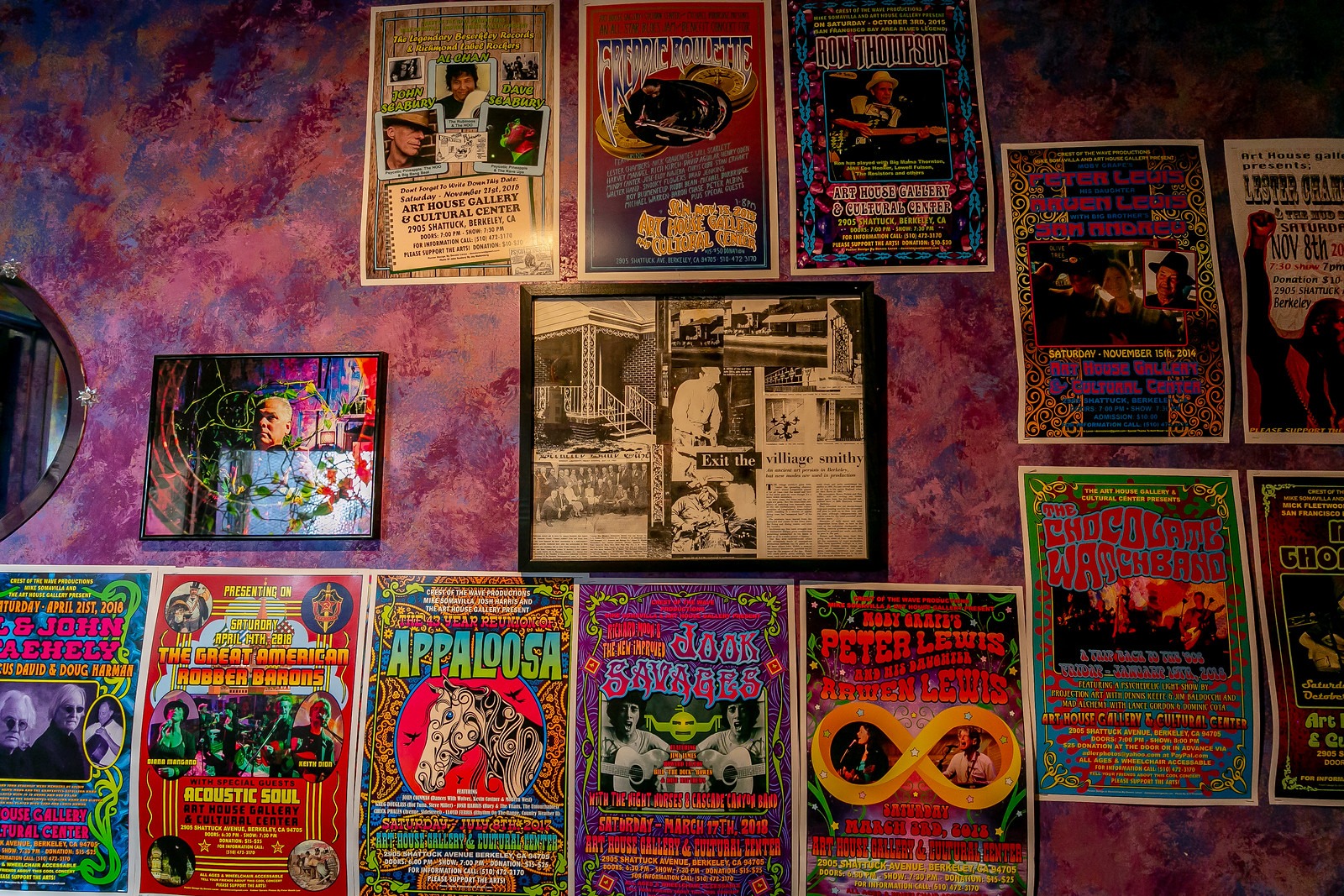
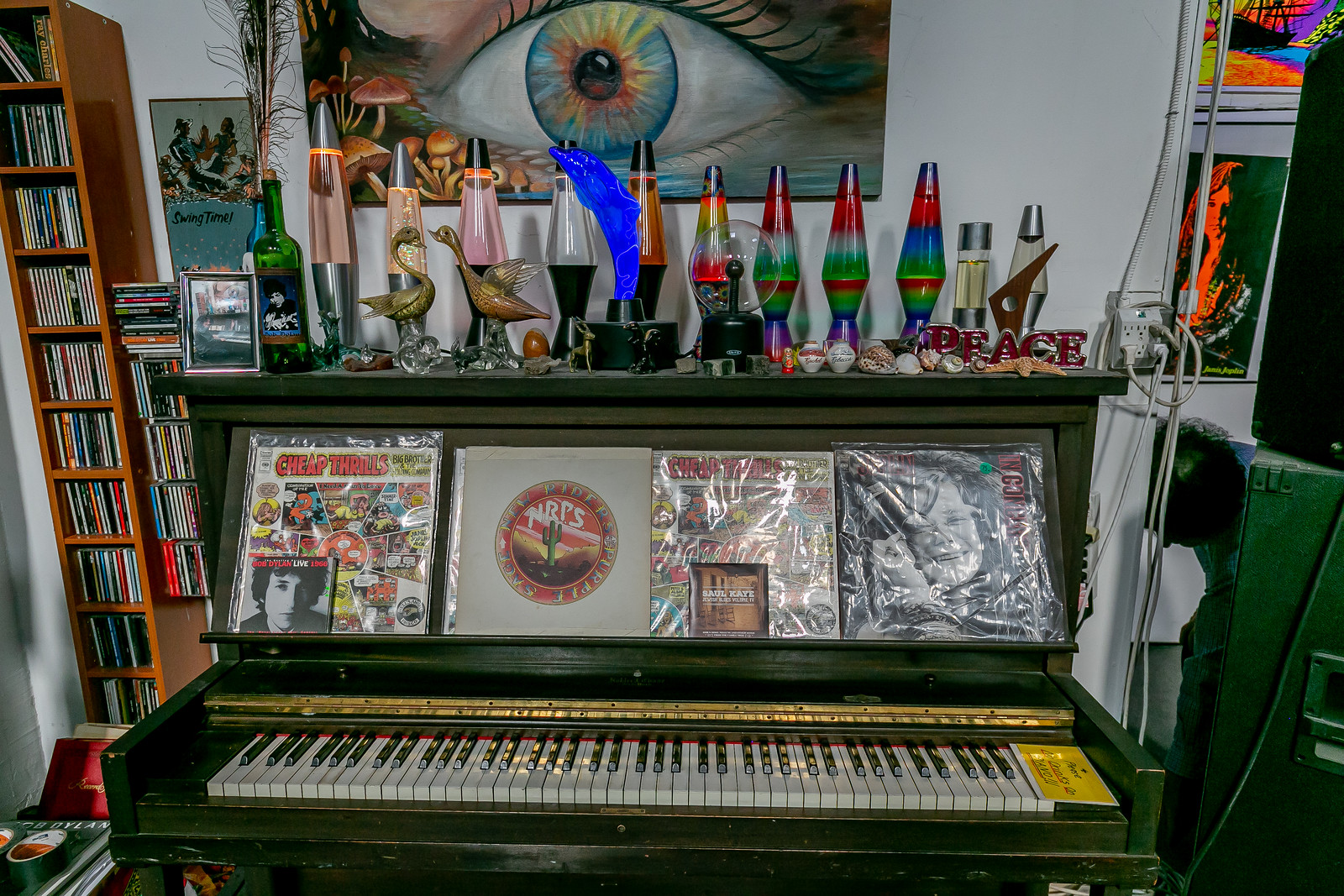
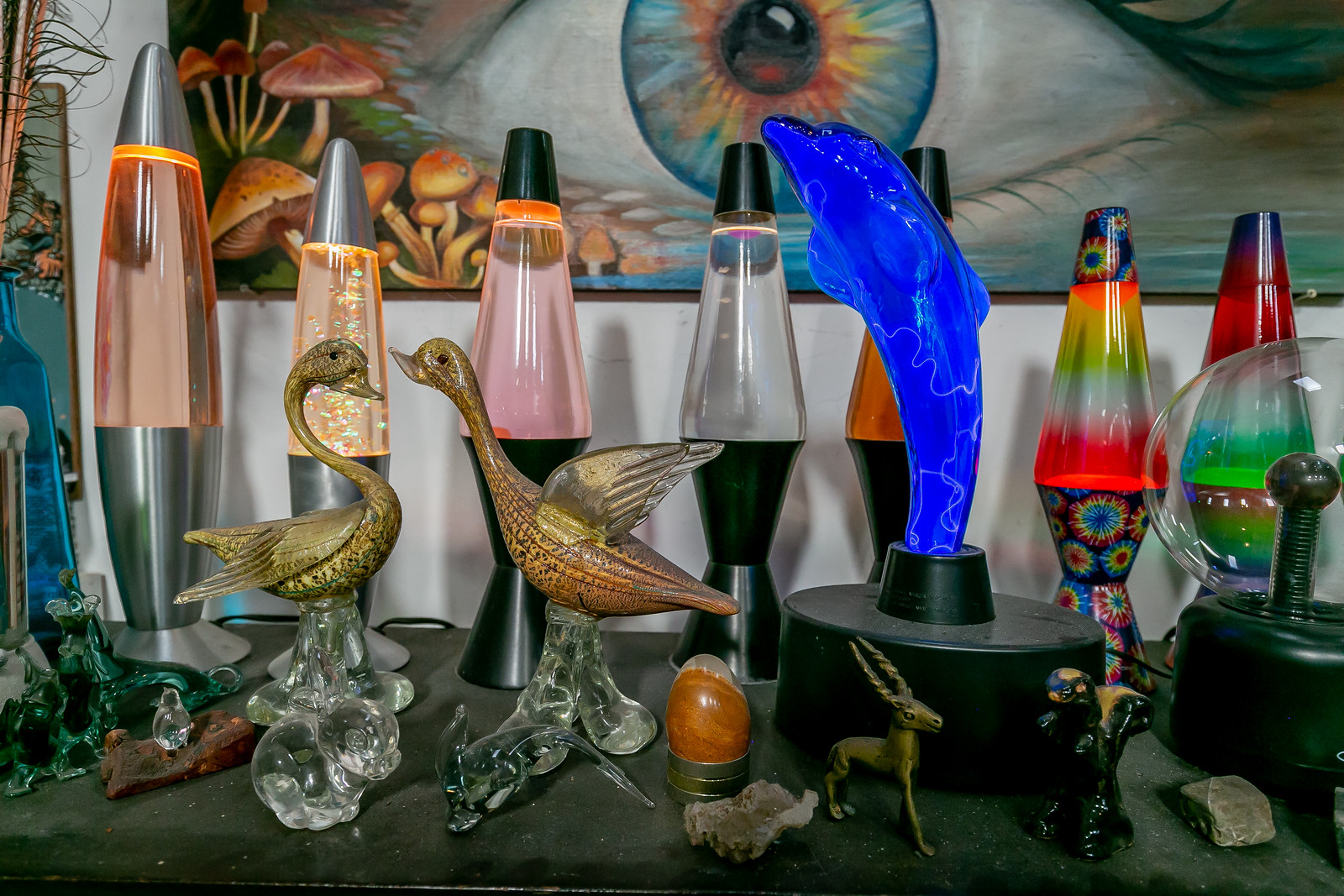
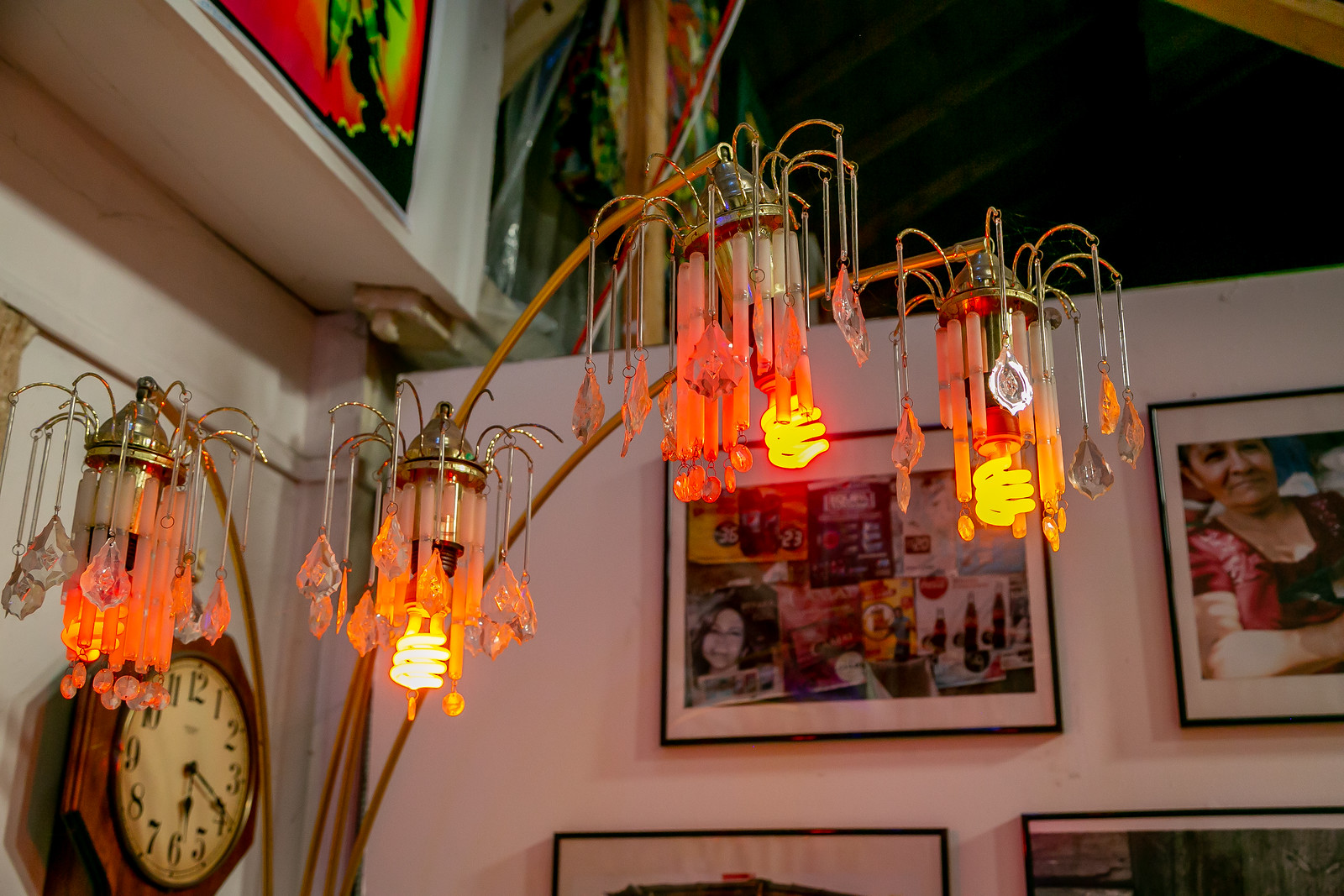
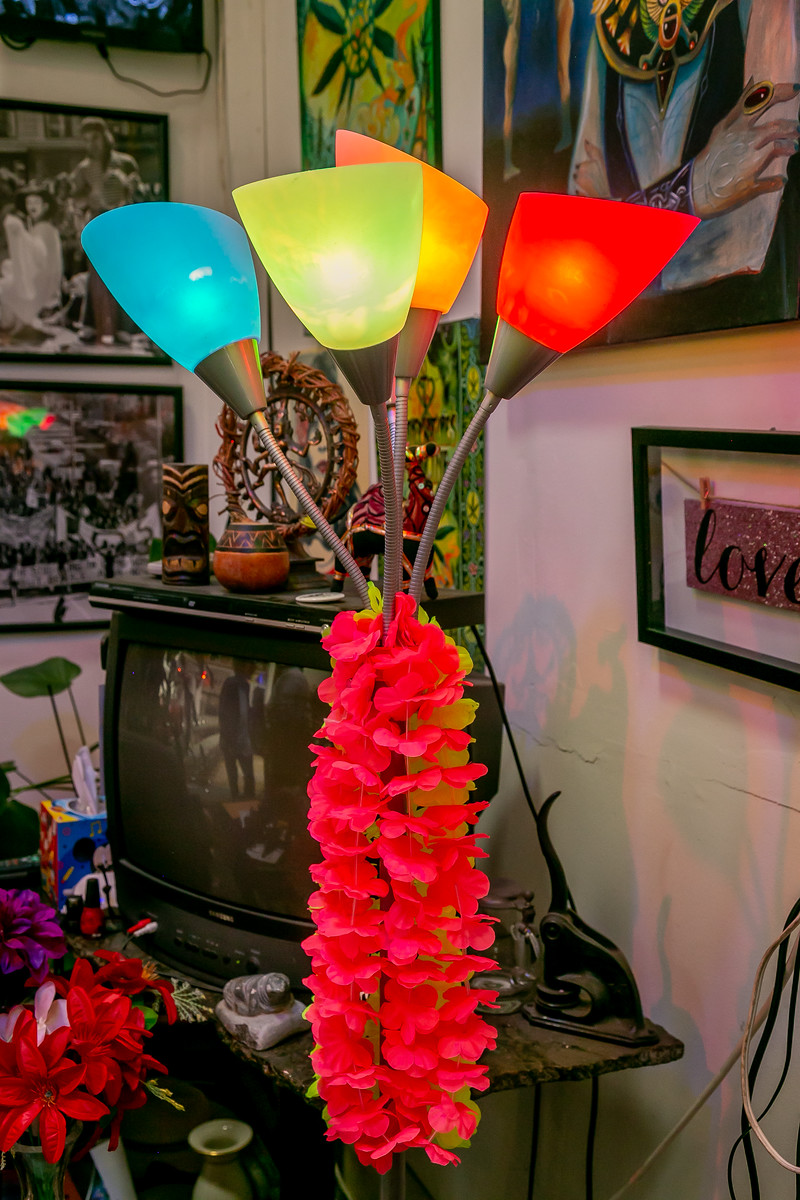
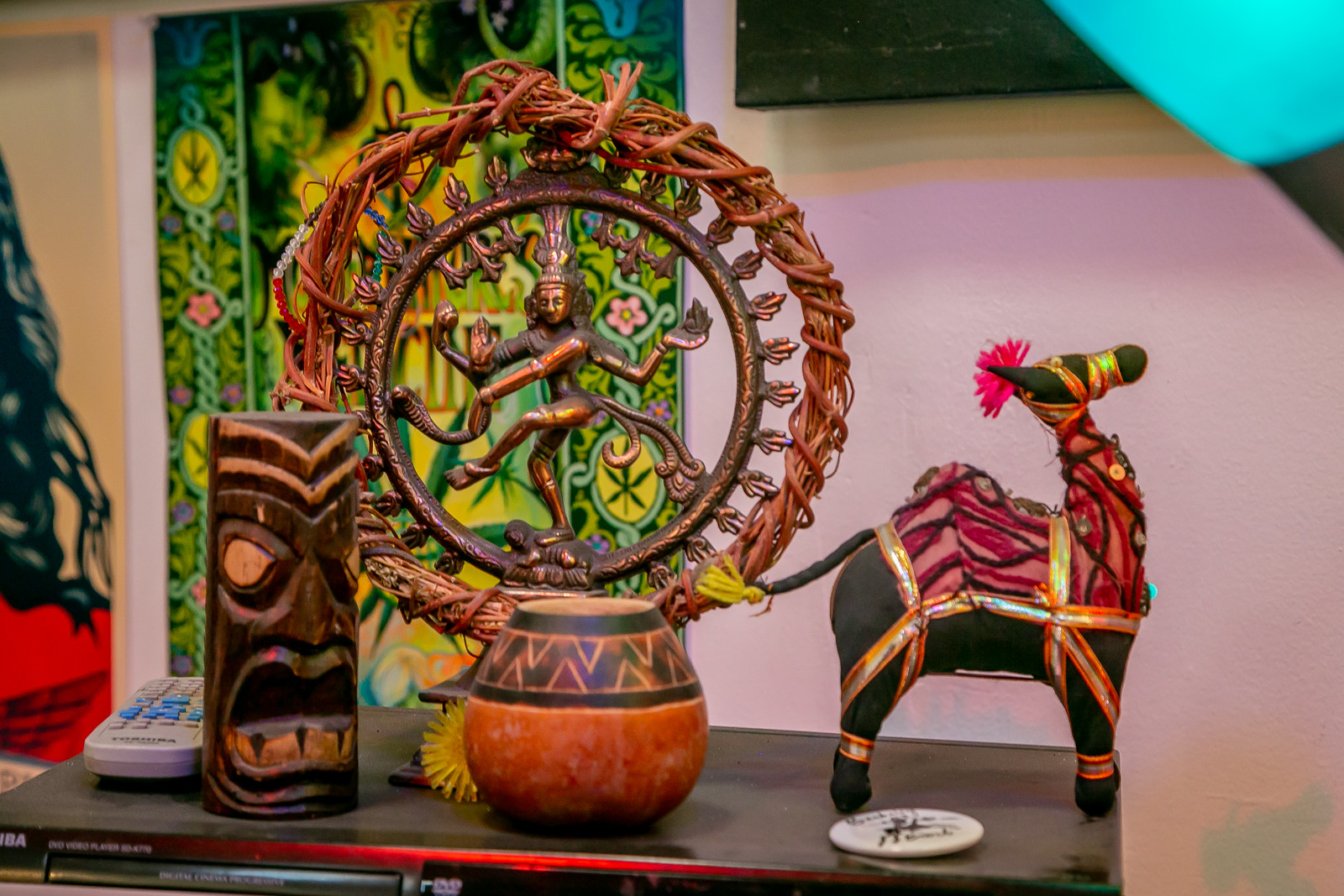
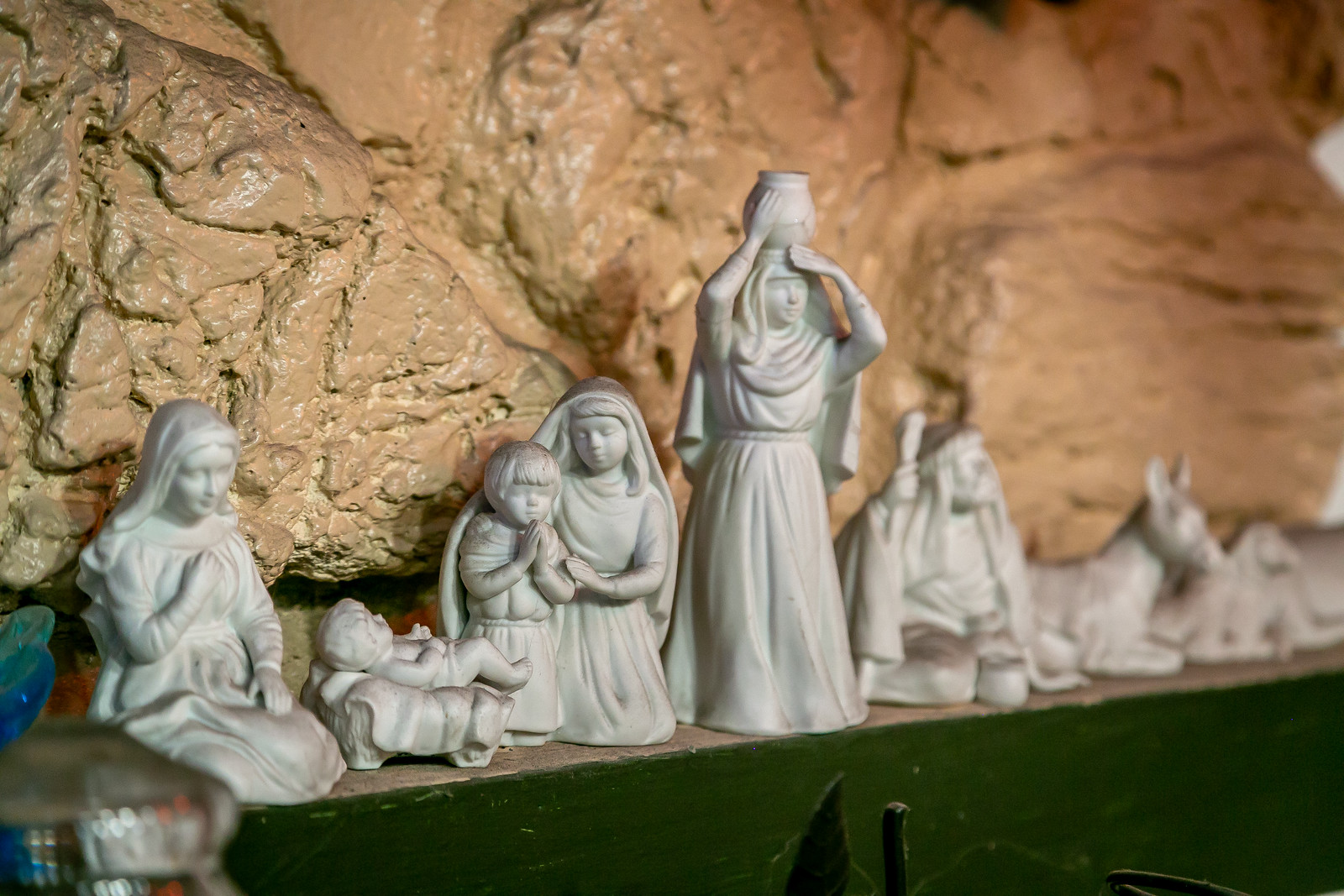
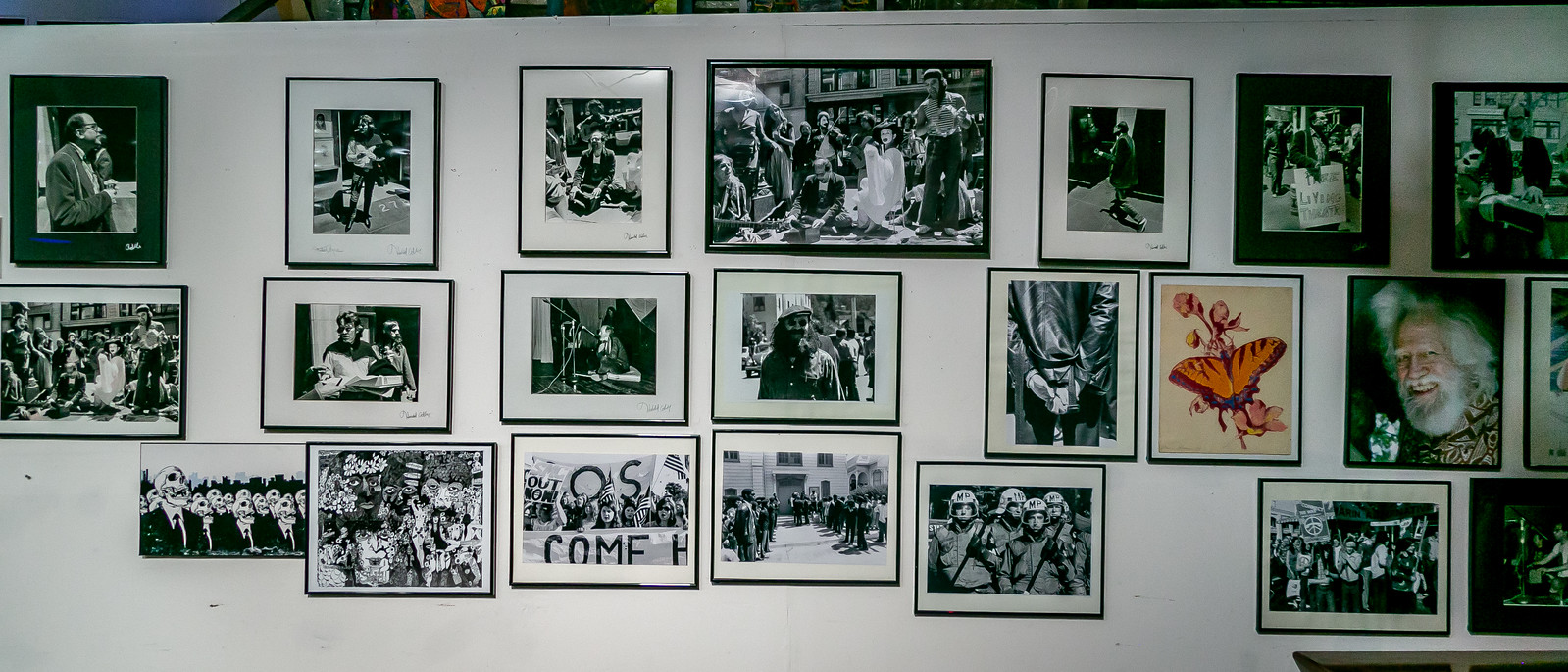
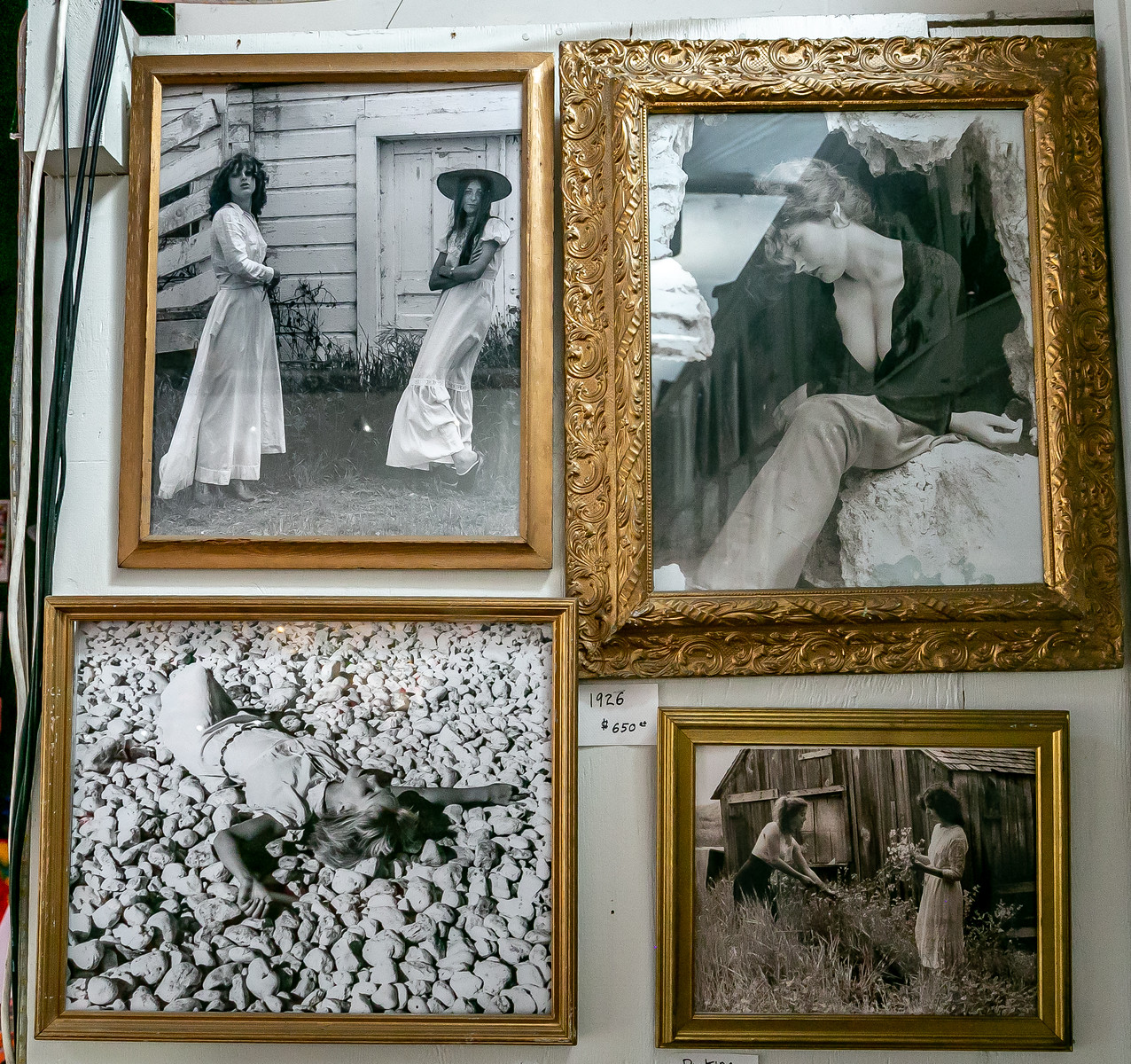
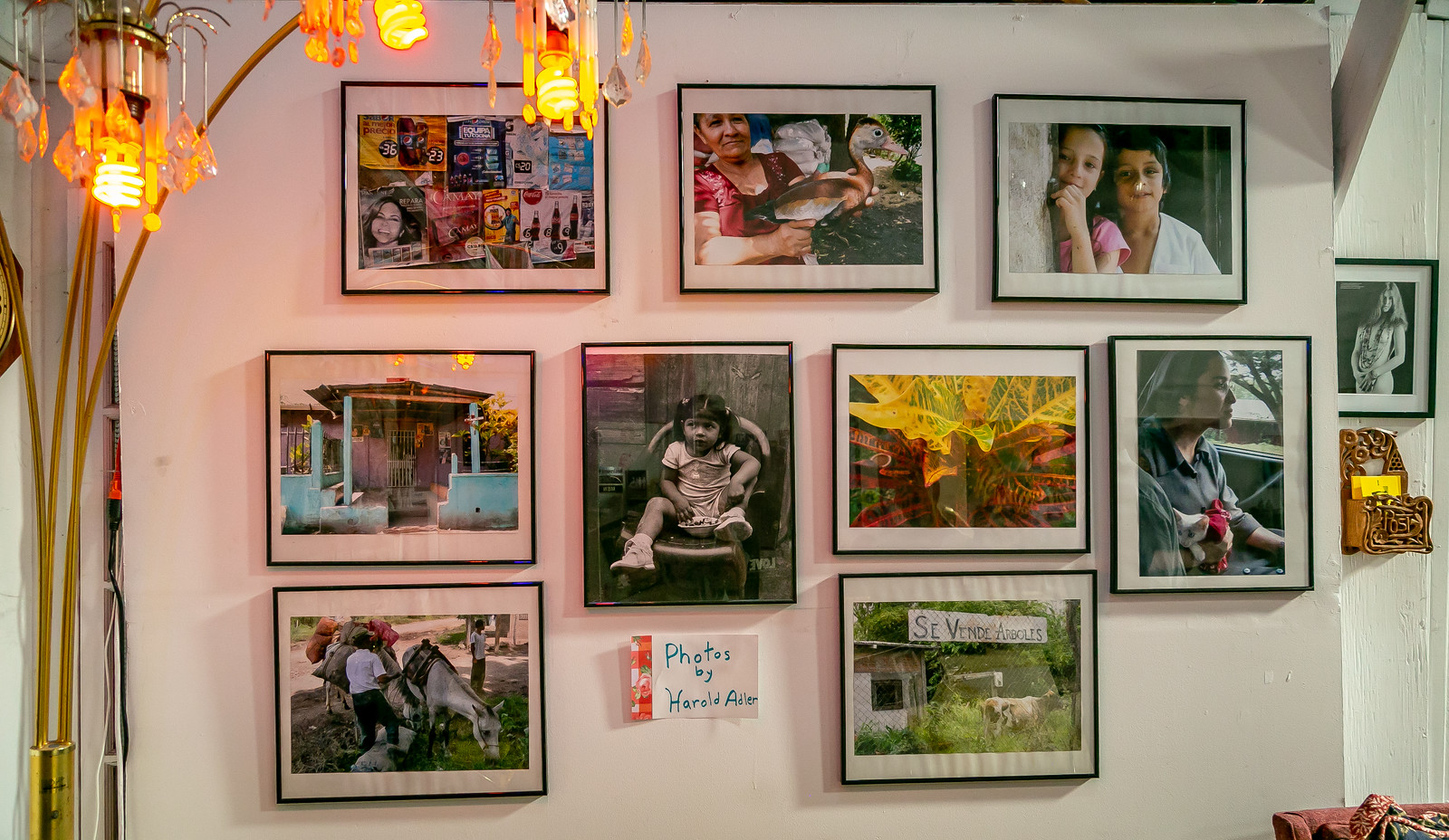

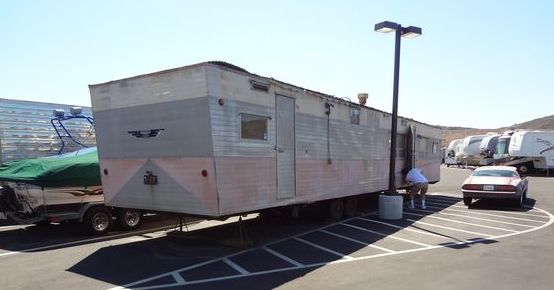

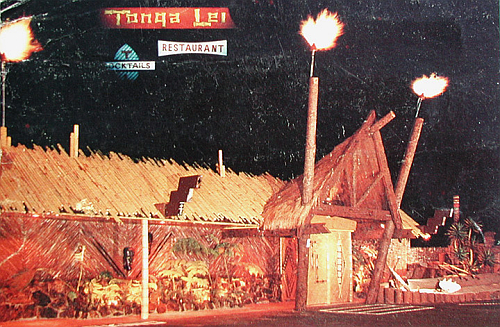
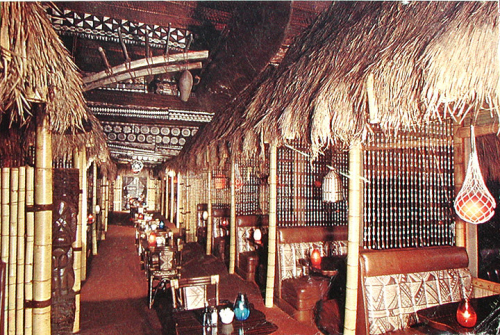
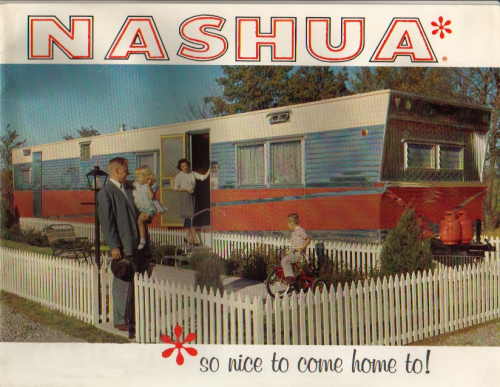
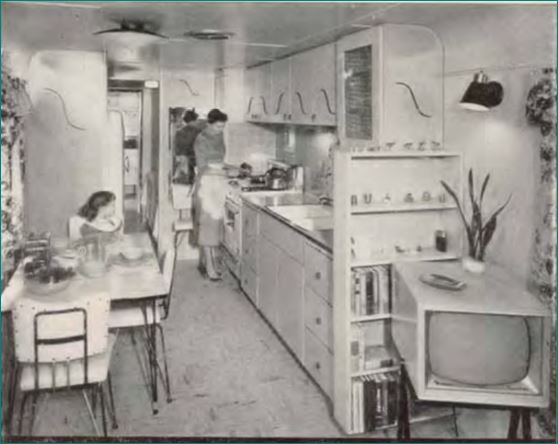
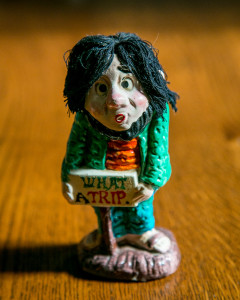
Jeeeeeeeez, ..
Again , WOW. From Janis to Rock to meth labs and many spots in-between. I have a lava lamp to donate. Too late for my Jimi black light poster. Gave it to a brotha. Jimi and Janis! Must say hello to my neighbor. Thanks,Tom and all you birds of a feather
Wonderful to read this blog! And to find myself in Harold’s Livingroom of the Sixties on a regular basis for music, poetry and community – which is quite diverse and quite tolerant of our quirkiness. Fabulous and Necessary Retreat and Springboard To Somewhere Special. Thank You!